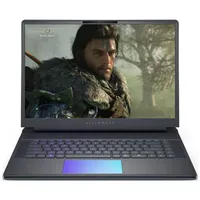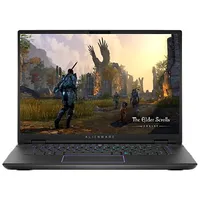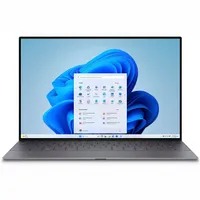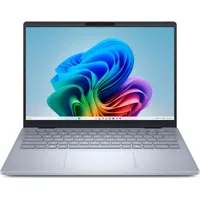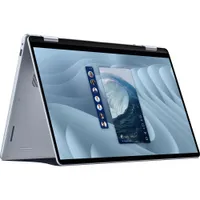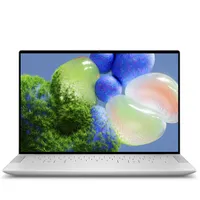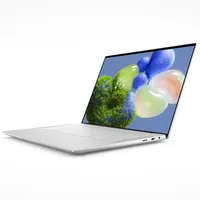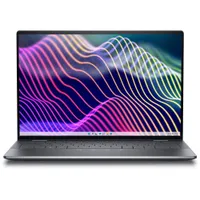Nearly 40 years of history — here are the 5 best Dell laptops you can buy today
The best Dell laptops for productivity, gaming, and more.
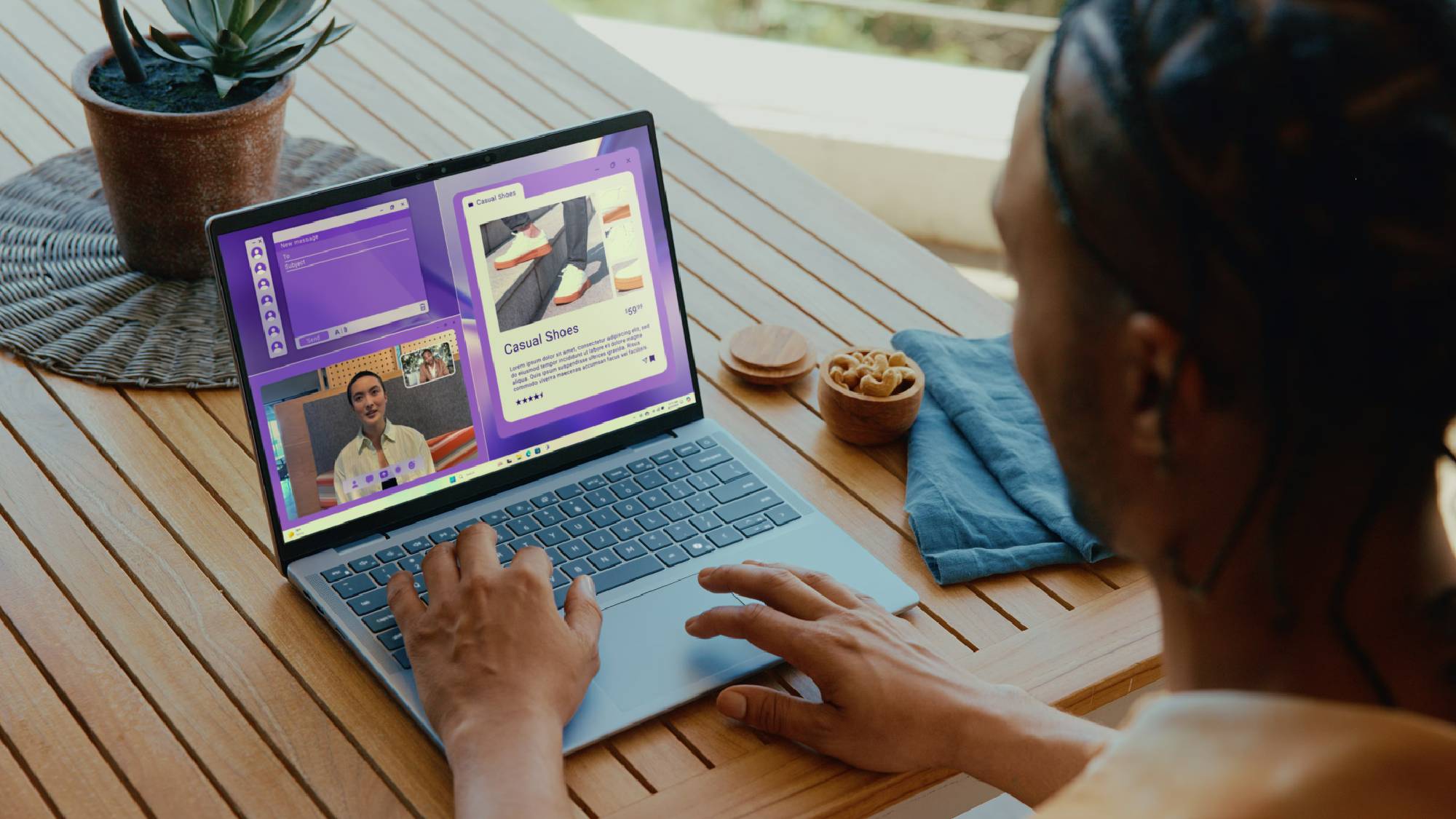
1. The list in brief
2. Best for most people
3. Best budget
4. Best gaming
5. Best display
6. Best battery life
7. Benchmark comparisons
8. Recently reviewed
9. How to find the right Dell laptop
10. FAQs
11. How we test laptops
12. Why trust Laptop Mag
When I think of the best Dell laptops (and Dell in general), two memories come to mind: the "Dude, you're getting a Dell" commercial from the early 2000s, and my dad's first and only laptop — a 2012 Dell Inspiron.
My nostalgic feelings aside, Dell is a brand that sticks in many people's minds, particularly the iconic XPS series. The company has had a solid reputation since its first laptop was released in 1989, and you'll typically find a Dell among Laptop Mag's lists of best laptops, best budget laptops, best gaming laptops, and laptops with the best battery life. We've reviewed several of Dell's newest releases and expect to review more as 2025 marches on.
An important note: if you're considering buying a new 2025 Dell, I highly recommend reading my handy guide on how to find the right Dell laptop to understand the new product names. Dell laptops now have a naming convention closer to how Apple differentiates its MacBooks (XPS, Inspiron, Precision, and Latitude are no more, unfortunately), but my current recommendations still have those familiar, now-former names. It may also be a good time to find discounts on the old models among the best laptop deals.
Whether you've never owned a Dell or you've used Dell laptops for years and are ready to upgrade, this page is regularly updated with our latest reviews to reflect Laptop Mag’s top picks for 2025.
Click to view recent updates to this page.
Update Log
5/30/25: Updated introduction, "recently reviewed," and FAQ sections.
Quick Menu
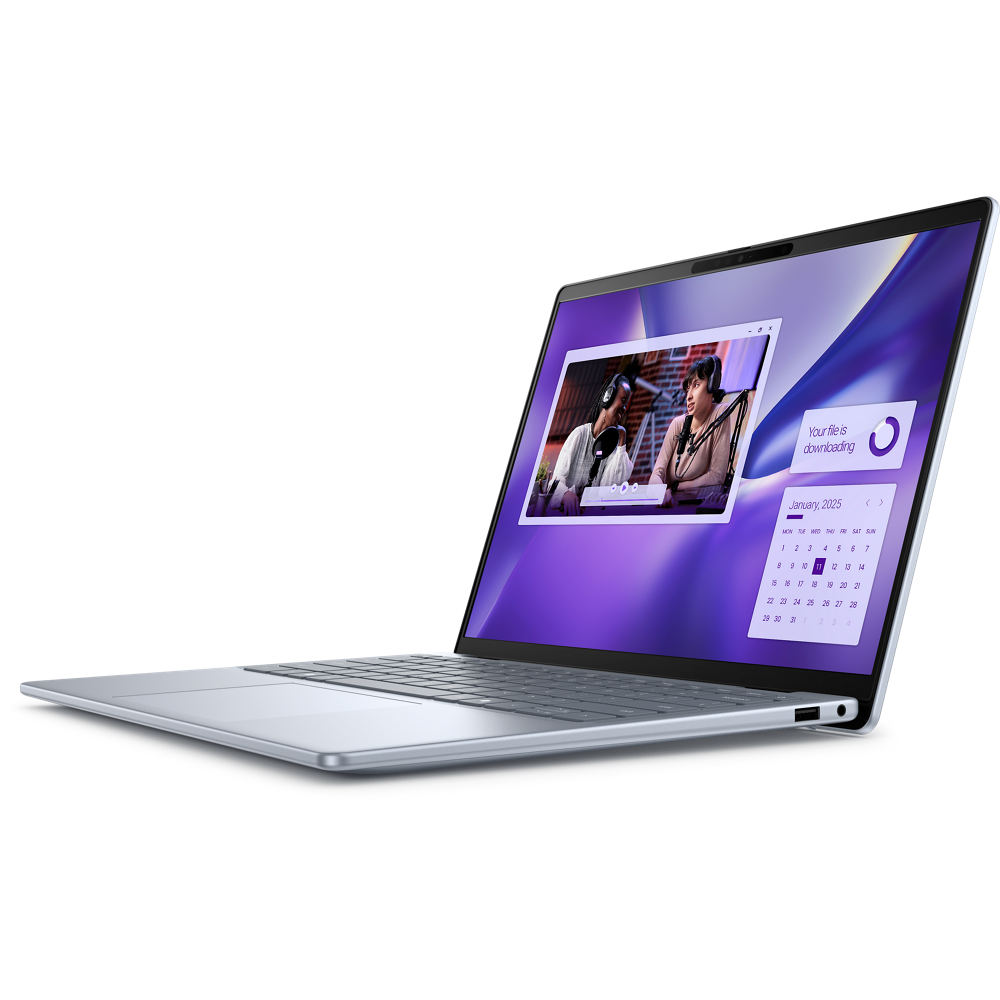
Best Dell laptop for most people
Dell's laptops don't get much more well-rounded than this. This one is speedy, thin and light, has a decent number of ports, long battery life, and it stays cool.
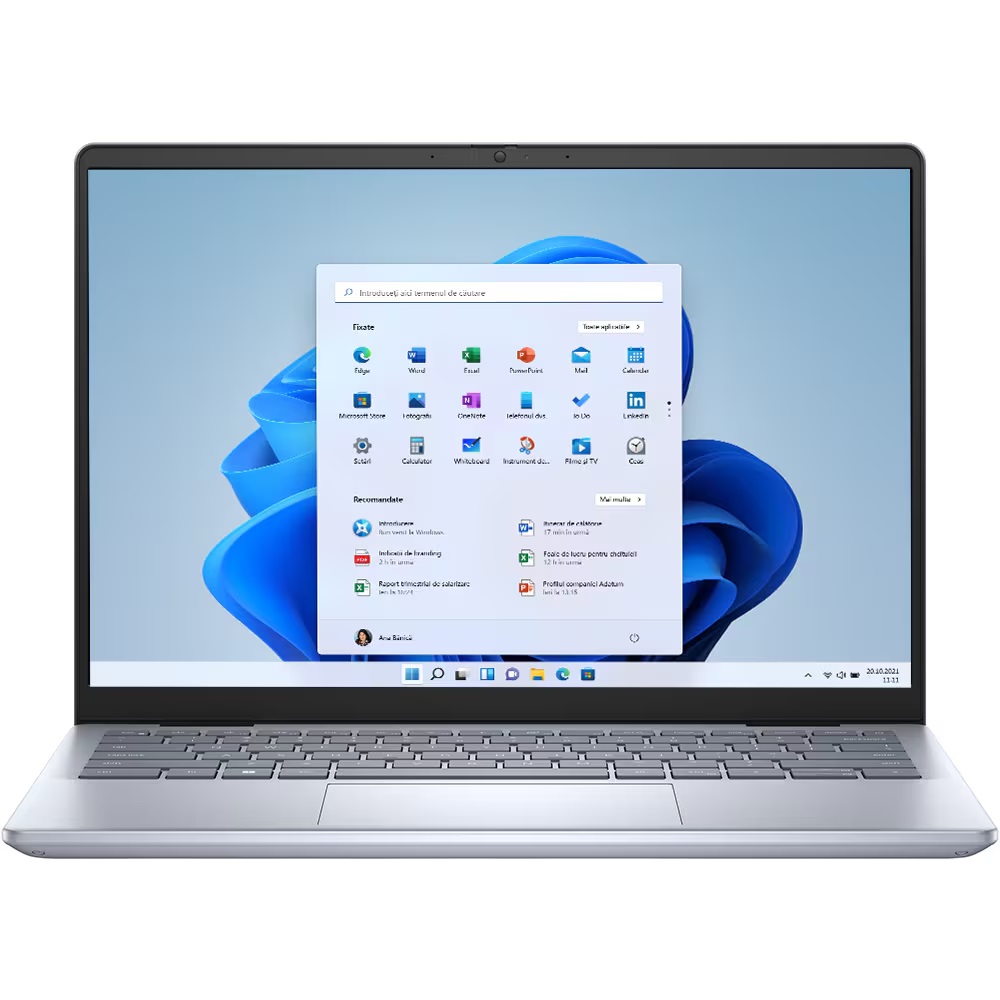
Best budget Dell laptop
This last-gen laptop is no slouch. It has more than enough performance and battery life to get you through an entire day and evening's worth of work — for a couple hundred of dollars less than our top pick.
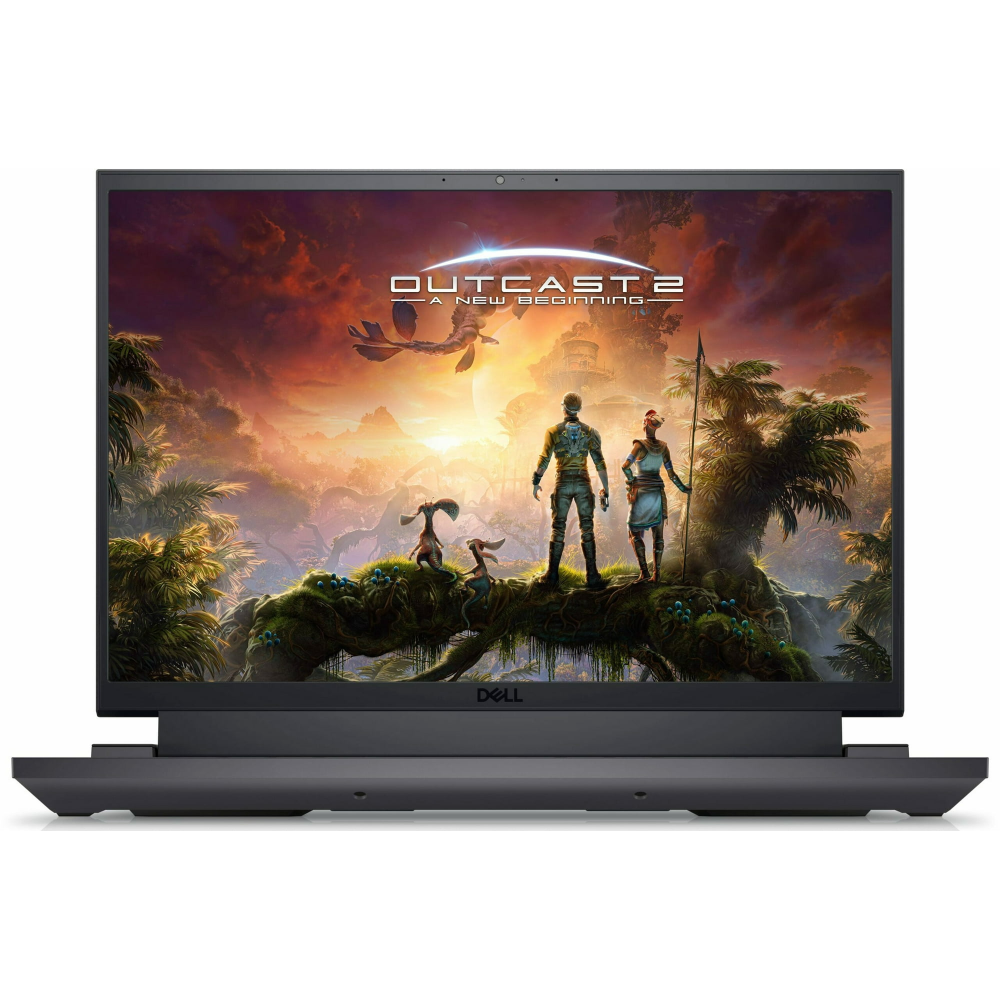
Best Dell gaming laptop
This is the most impressive budget gaming laptop we've tested in years. Stellar performance coupled a 240Hz display refresh rate — and who needs OLED when its IPS panel produces such remarkably bold colors?
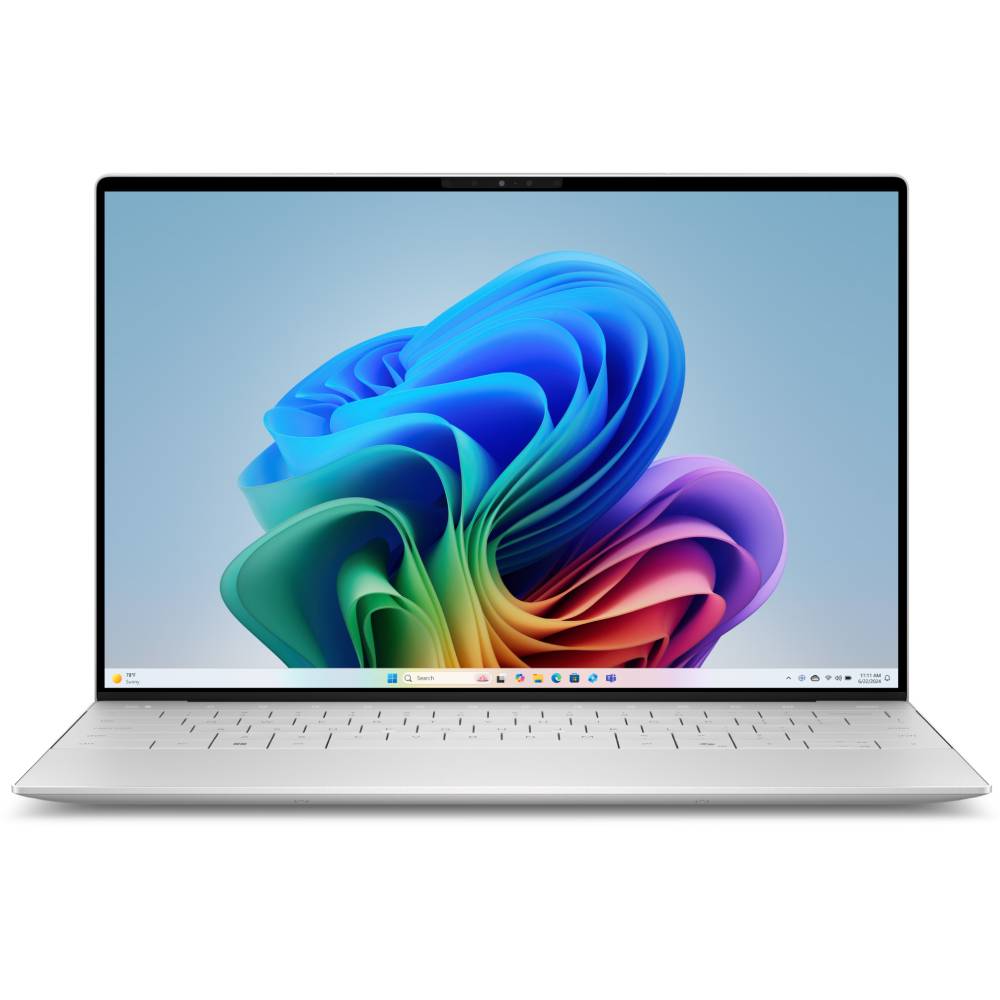
Best display in a Dell laptop
Exceptional color accuracy alongside an equally exceptional wide color gamut. If battery life isn't your main concern, it's worth getting the XPS 13's OLED panel upgrade.
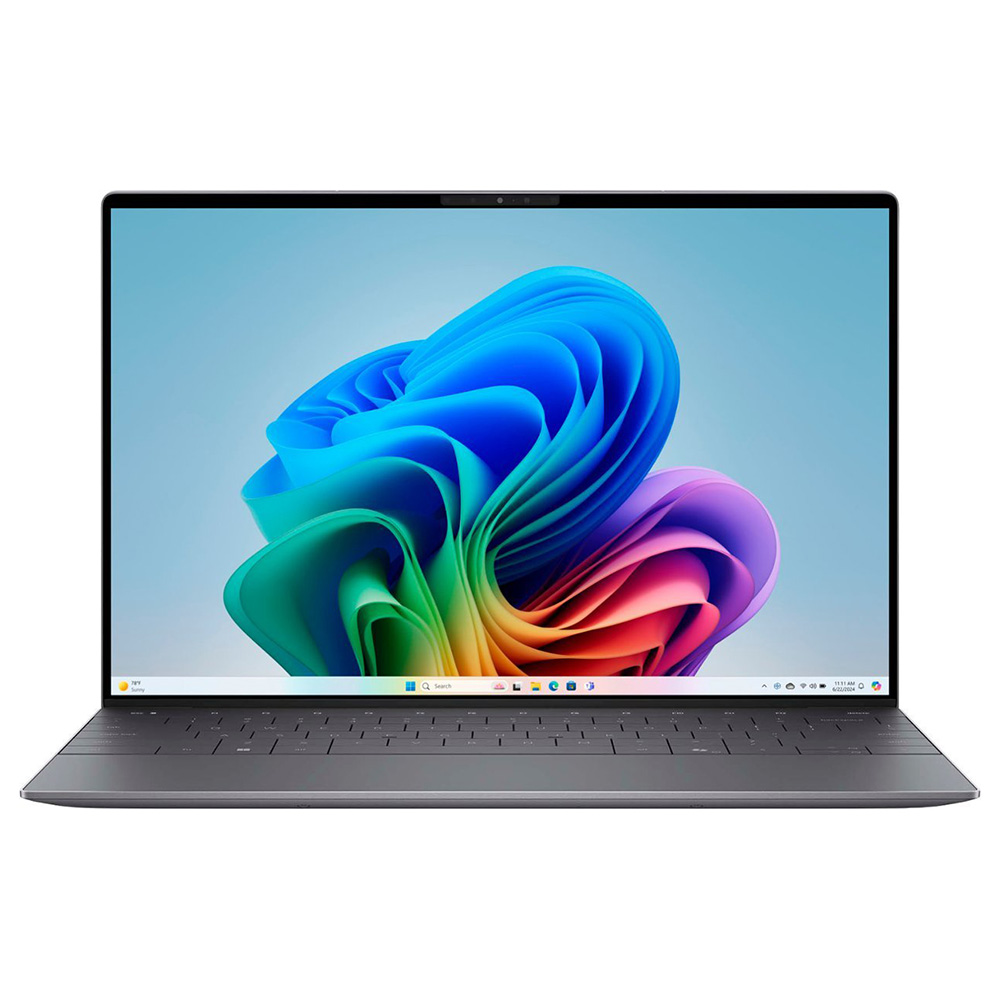
Best battery life in a Dell laptop
If battery life is your main concern, the Snapdragon XPS 13 has one of the longest-lasting in a laptop we've ever tested — longer than the MacBook Pro 16 M3 Max.

Joanna Nelius has reviewed laptops and computer hardware since 2018. Her writing has appeared in The Verge, USA Today, Gizmodo, PC Gamer, and Maximum PC. She holds an MFA from Chapman University and works as a creative writing instructor.
Best for most people
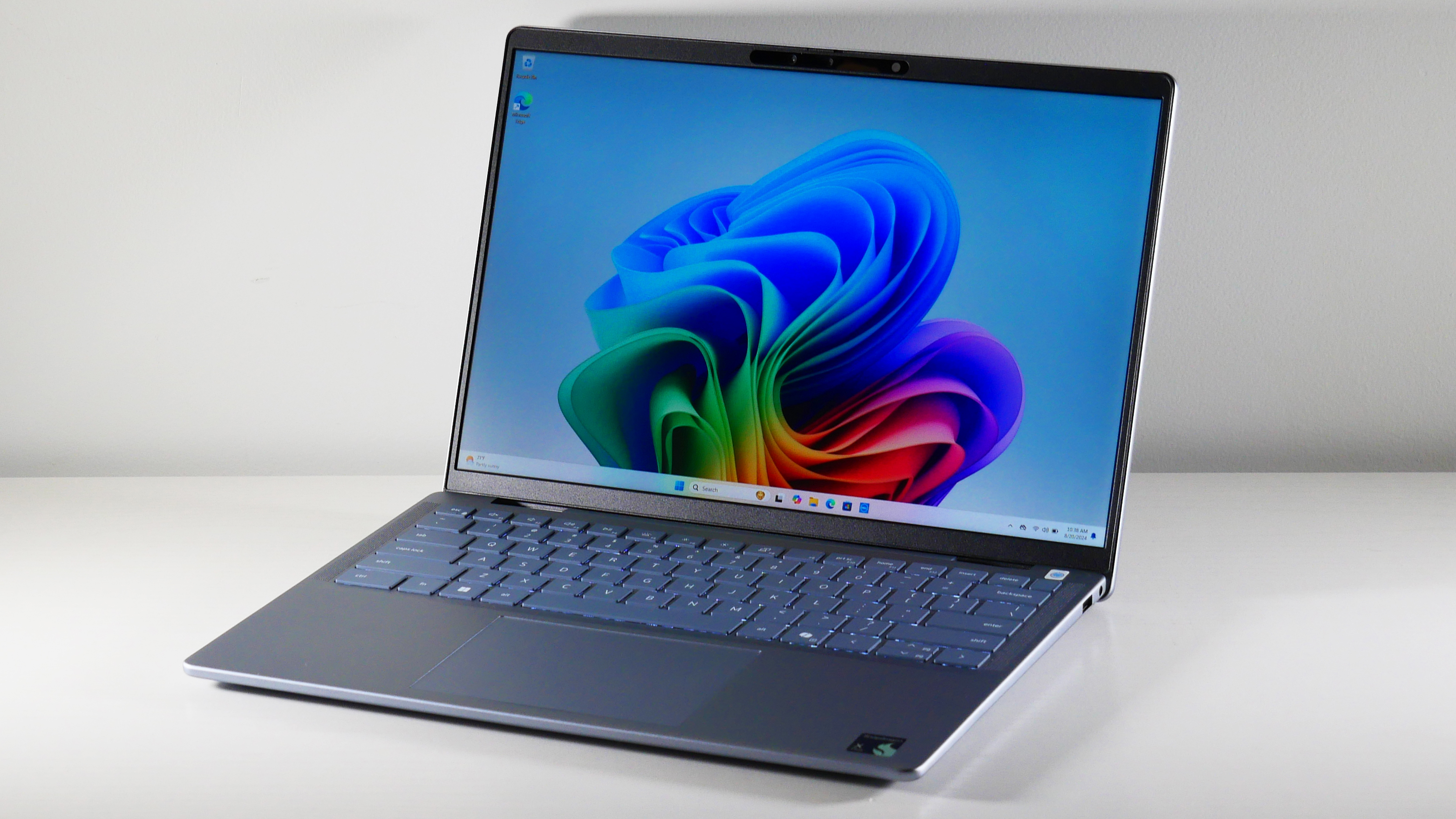
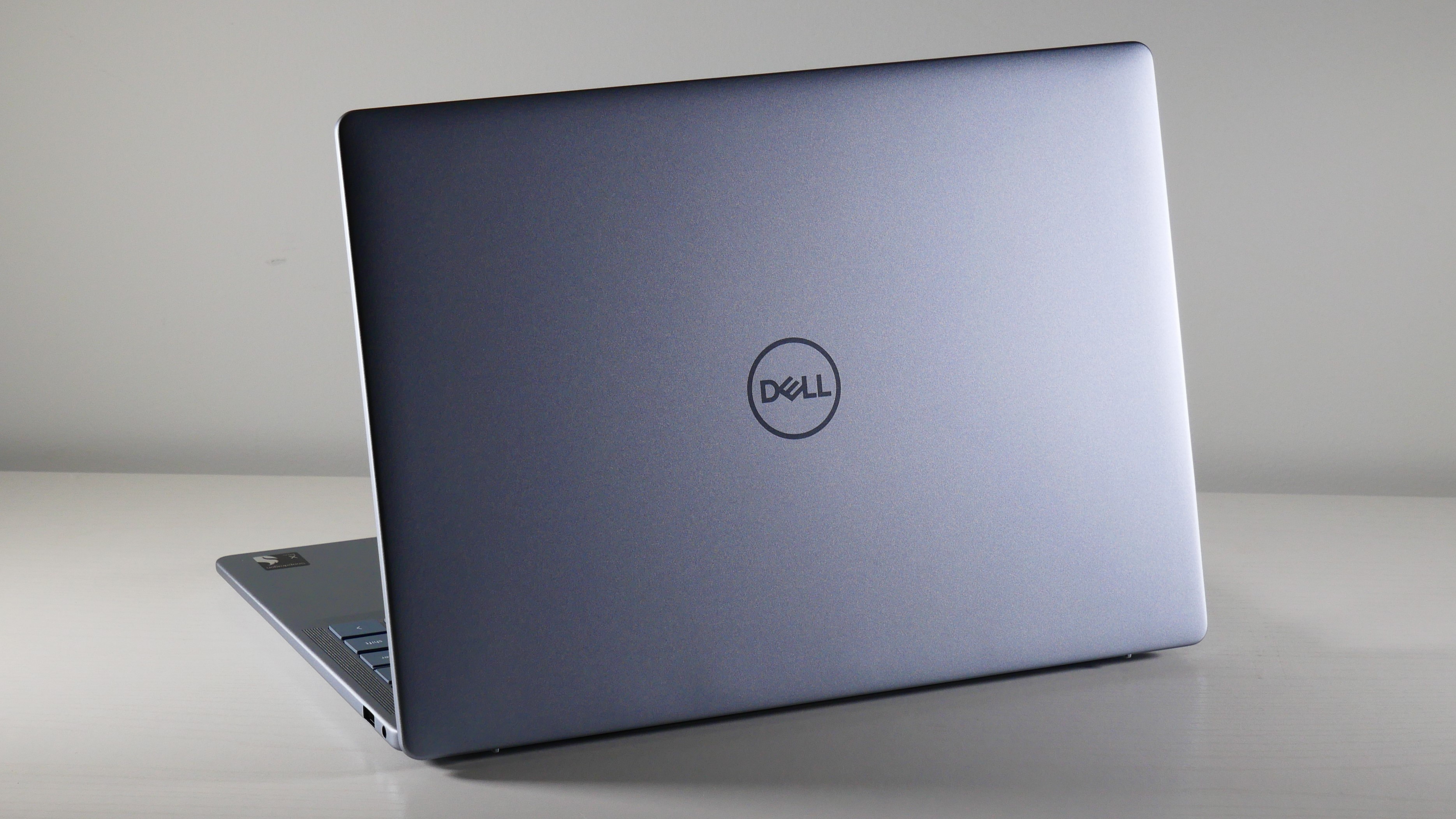
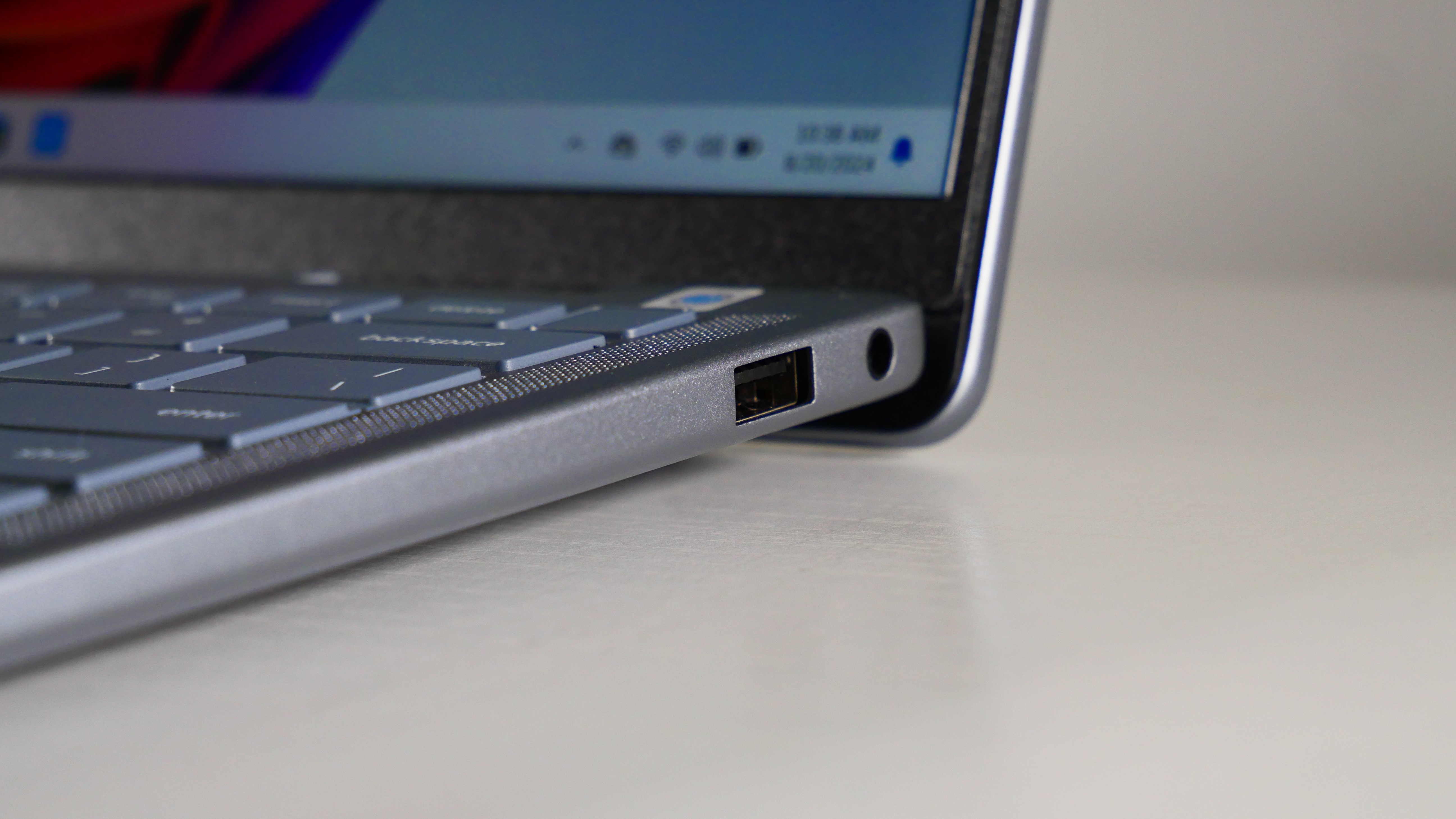
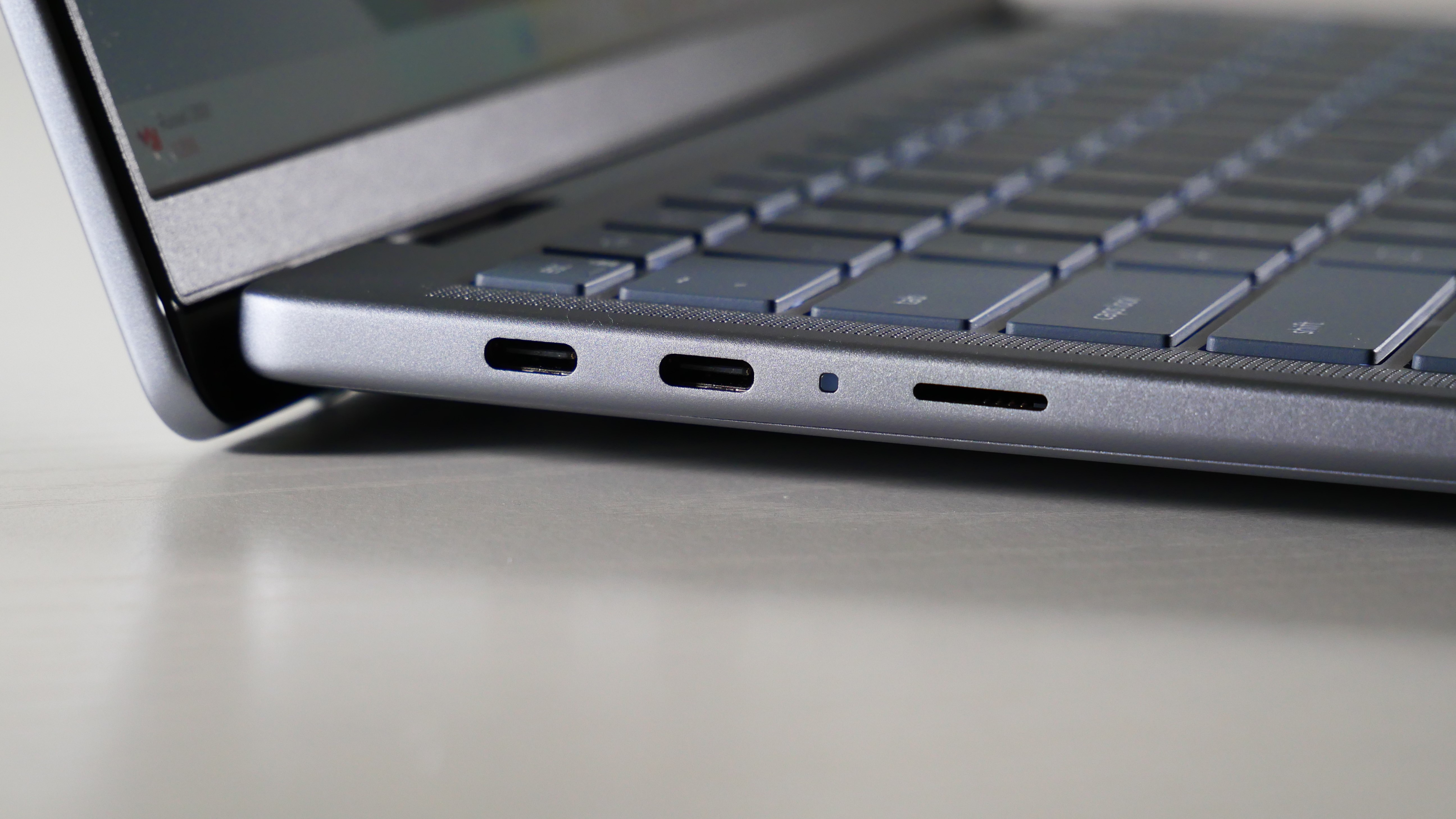
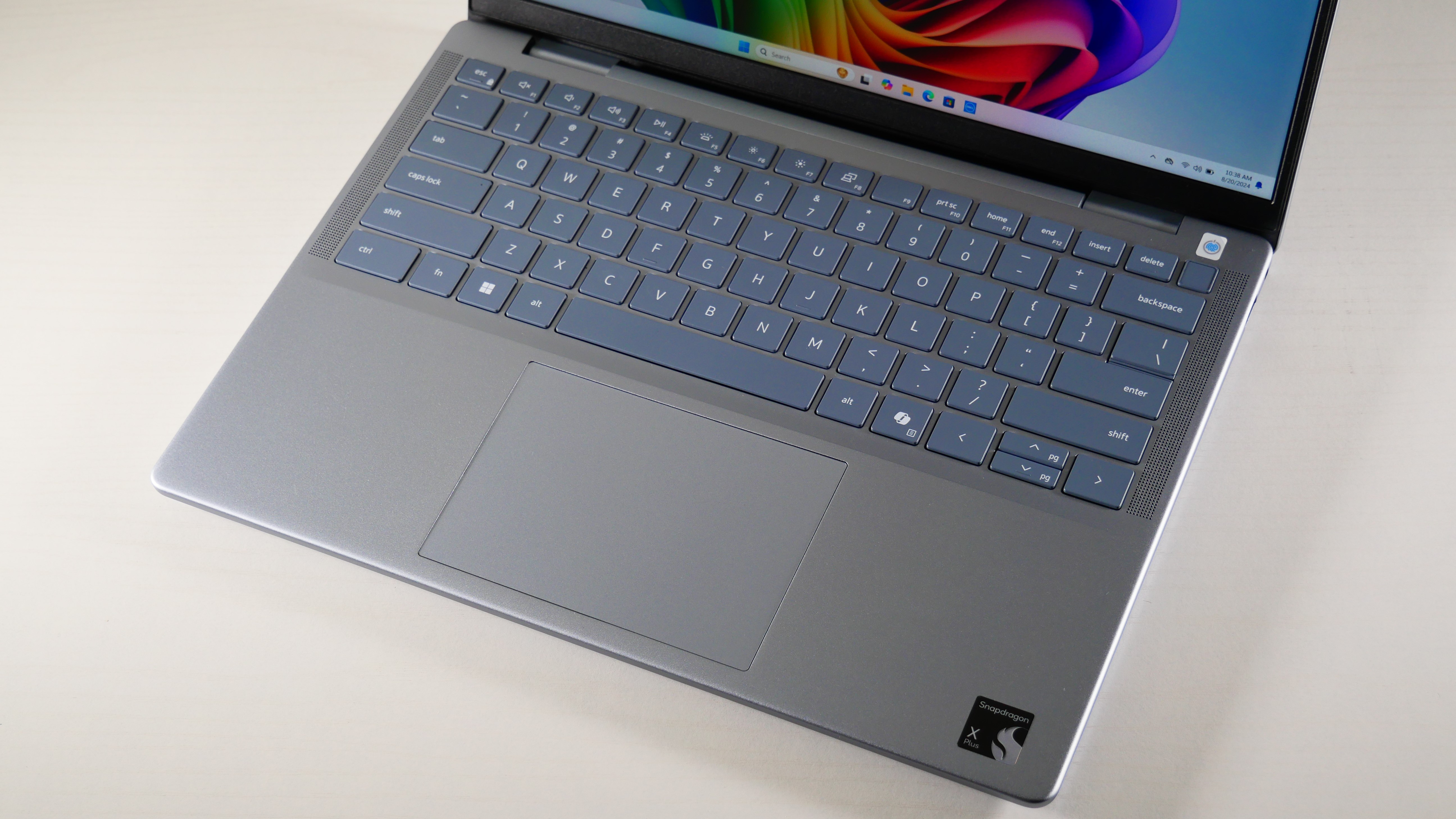
Specifications
Reasons to buy
Reasons to avoid
The Dell Inspiron 14 Plus (7441) nails the important stuff at an affordable price: performance, portability, and battery life.
✔️ You occasionally (or frequently) misplace your laptop charger. Or forget it at home. This laptop's 18-plus hours of battery life will spare you a frantic search for a wall outlet.
✔️ You want a laptop cool enough for your actual lap. Some thin and light laptops can turn into pint-sized heatwaves, but not this one. All its surfaces stay well below our 95 degree comfort threshold.
✖️ You use or a bunch of niche apps. This laptop runs Windows on ARM. It does have has pretty good emulation software, but it still may not run some apps reliably, or at all. Check if a native ARM4 version exists, first.
✖️ You want a display that can handle bold colors. Its DCI-P3 gamut coverage is almost 10% less than the average of all the premium laptops we've tested, which isn't totally wide enough to begin with.
The Snapdragon-configured Dell Inspiron 14 Plus has many major qualities and features a modern laptop should have: incredible multitasking performance, seemingly endless battery life, a bright display — all packed into a reasonably light and thin chassis. It's a super-likable laptop.
The Inspiron's entry-level Snapdragon X Plus X1P-64-100 processor stands toe to toe (more like shin to knee, really) with higher-end chips from Intel and Apple of its generation. With a Geekbench 6 multicore benchmark score of 13,281, (22% faster than the average premium laptop score of 10,435) it did "well juggling a couple dozen Google Chrome tabs and a handful of YouTube videos," as Rami Tabari, Laptop Mag's editor, said in he review. He also recommends this laptop for remote workers.
It's also 9% faster than the MacBook Air M3 (12,087) and 5% faster than the Intel Core Ultra 7 155H (12,729) inside our pick for best budget Dell budget laptop — also an Inspiron 14 Plus!
The SSD is zippy, too. It can transfer a 25GB multimedia file at 1,510 megabytes per second, about 14% faster than the average laptop in its class (1,311 MBps.) It's 11% faster than the Asus Zenbook S14 (1,236 MBps) and 7% faster compared to one of its Snapdragon competitors, the Lenovo Yoga Slim 7x (1,416 MBps).
Battery life and heat management are equally impressive. In our battery rundown test, it lasted a substantial 18 hours and 20 minutes — well beyond the average 13 hours and 23 minutes. I'd be comfortable putting this laptop on my bare skin, too, as it doesn't exceed 88 degrees on the underside.
PlusItsIt's display doesn't produce miracles, though. Covering just 69.1% of the DCI-P3 color gamut, everything on the screen looks drained of color. Some of this laptop's rivals, like the Zenbook 14 and MacBook Air M3, fare much better, 79.8% and 77.8%, respectively — and they're still below the 84.7% average. However, the Inspiron 14 Plus' display can get really bright, up to 470 nits.
See our full Dell Inspiron 14 Plus (7441) review.
Best budget
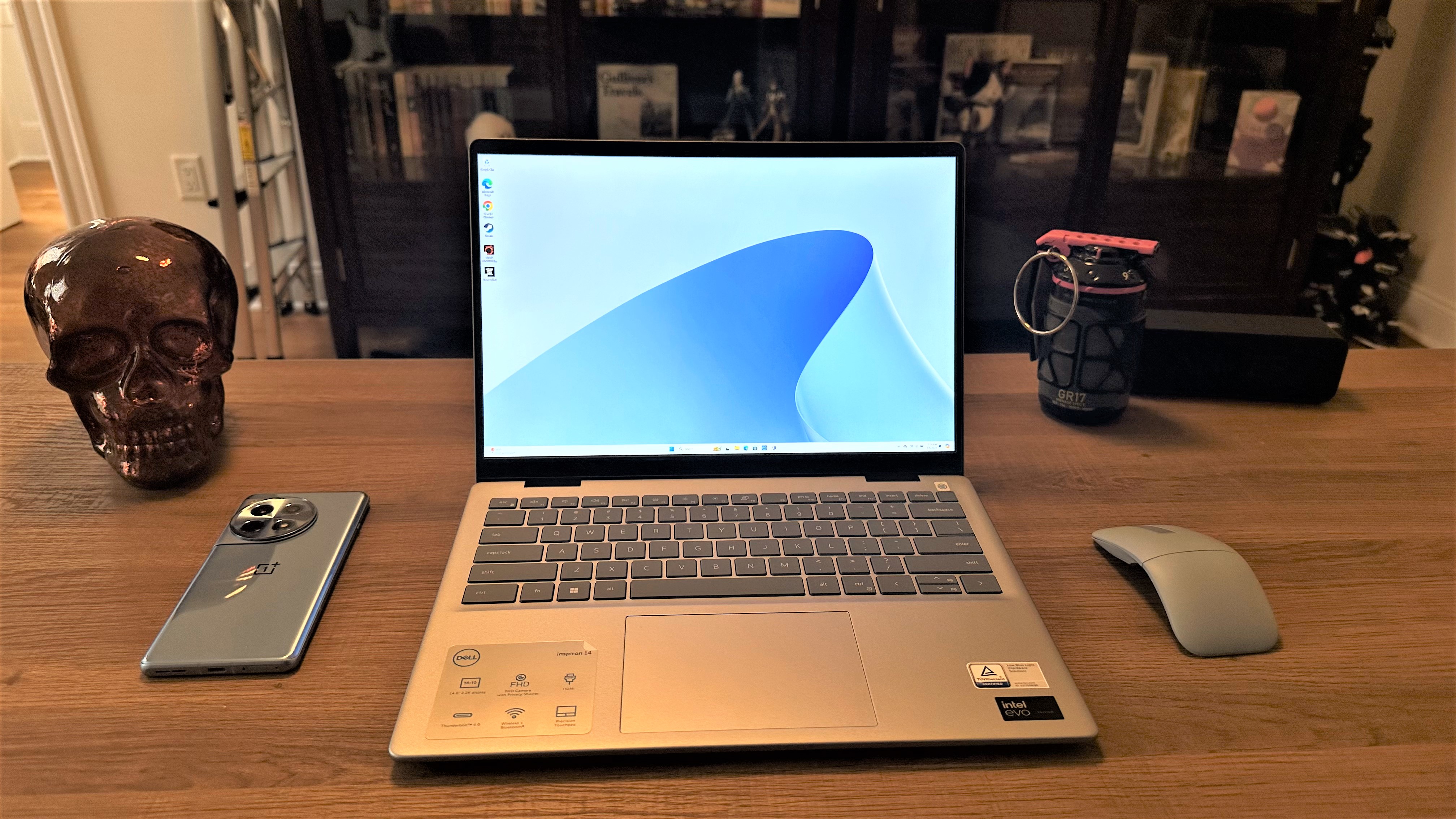
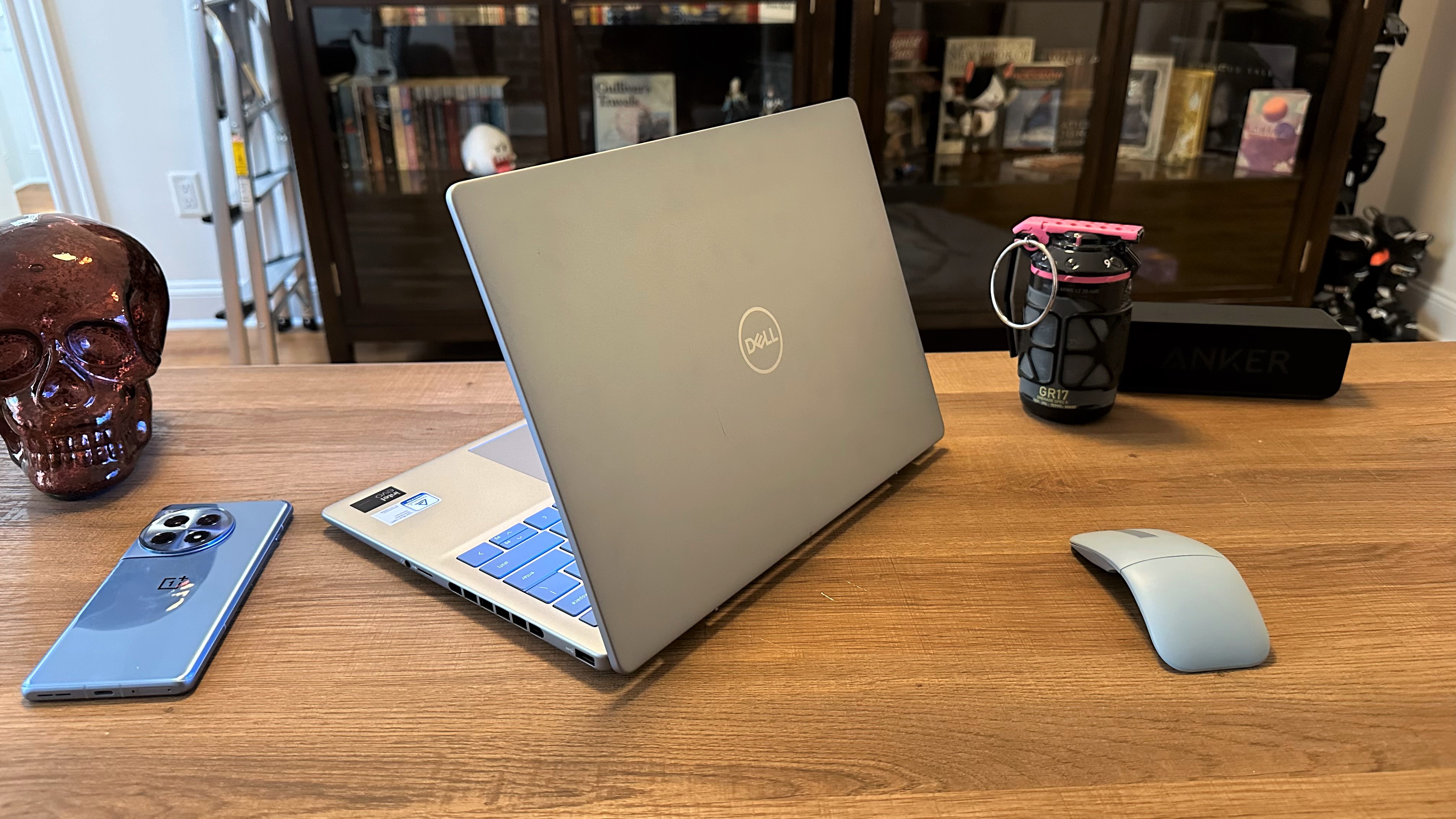
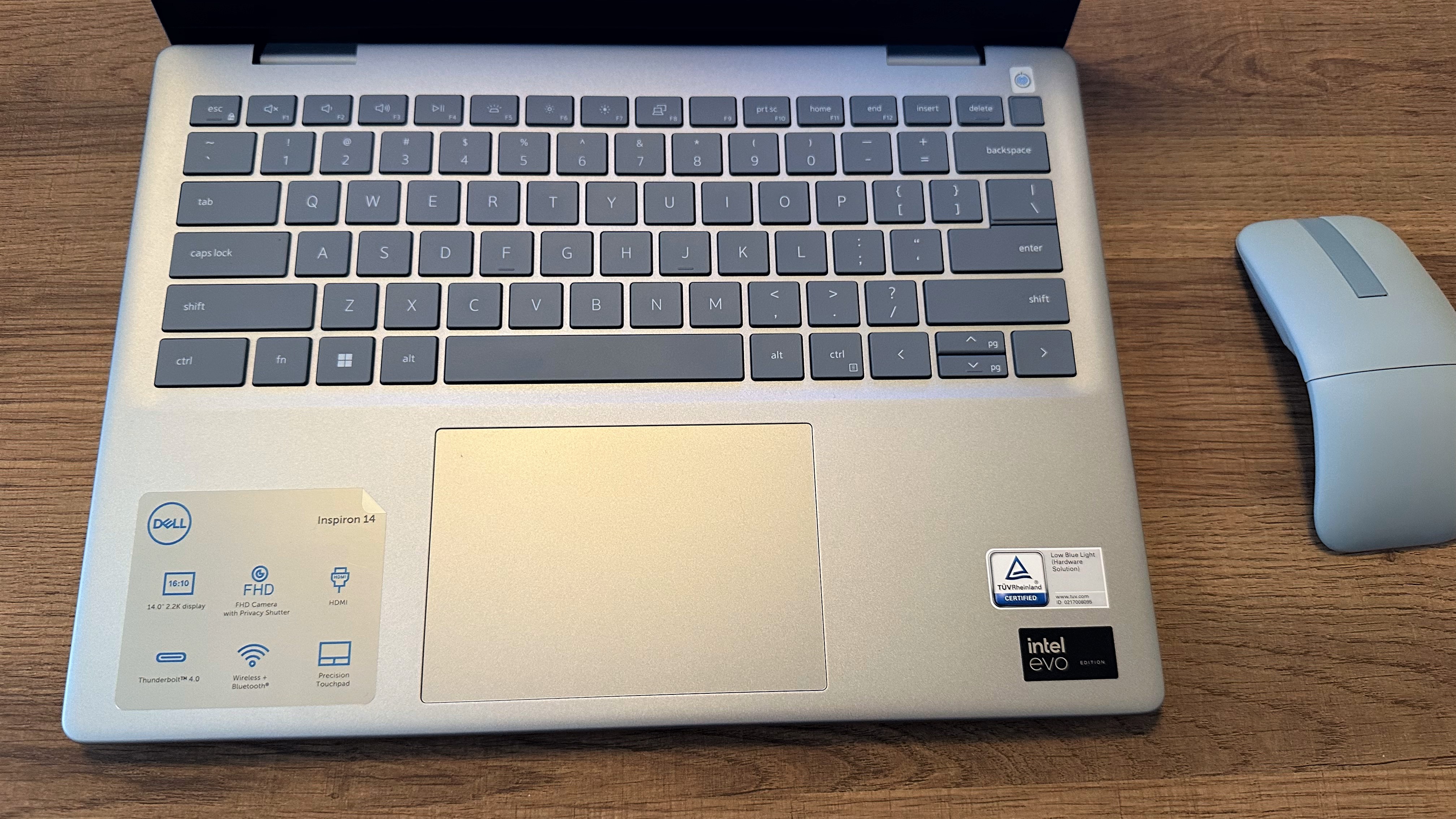
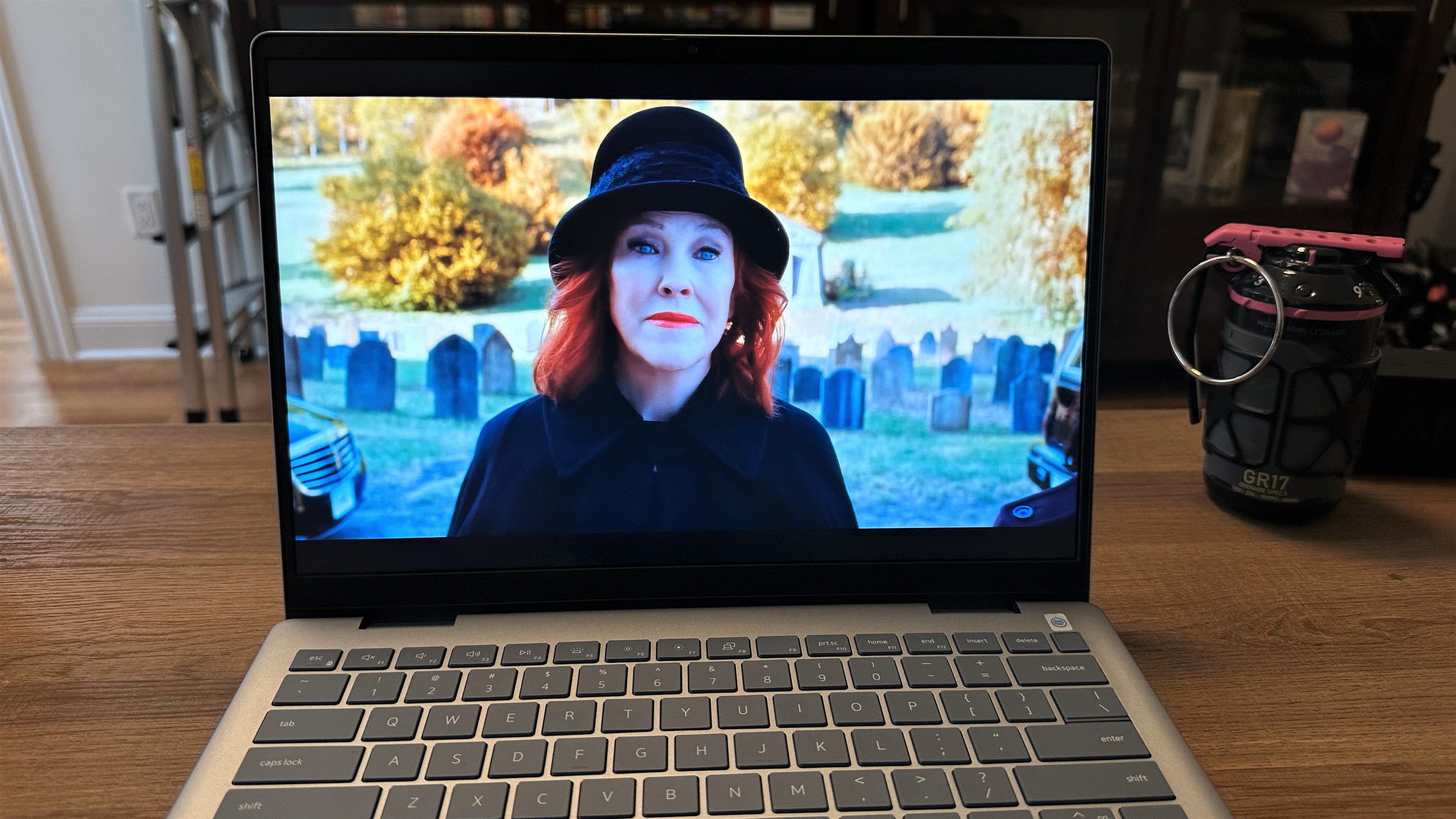
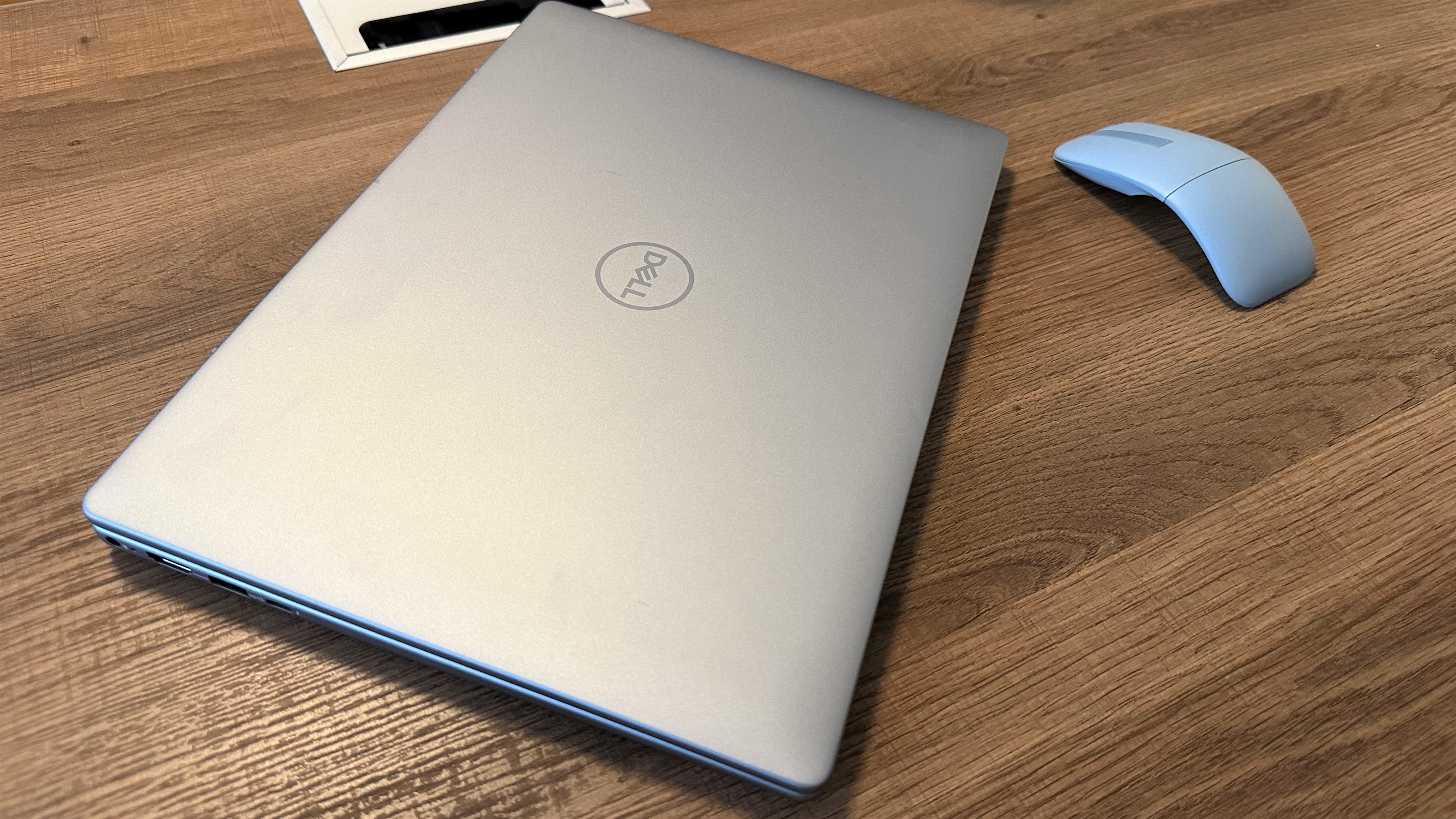
Specifications
Reasons to buy
Reasons to avoid
The Dell Inspiron 14 Plus (7440) has nearly everything we like about the Snapdragon version. You won't sacrifice much if you're looking to spend under $1,000.
✔️ You're after a great value. Even for a few hundred dollars less than its Snapdragon sibling, its multitasking performance is so negligible you most likely won't notice a difference. It battery life is still well over 10 hours, too.
✔️ You want decent graphics performance. Integrated graphics still aren't the best for heavy gaming, but this laptop can handle games like point-and-click adventures and older titles way better than the Snapdragon version.
✖️ You use your laptop on your lap more often than a desk. This Intel Inspiron's big downside is a toasty surface that gets much hotter than our 95-degree comfort threshold.
✖️ You need multiple USB-C ports. This laptop has only one, which is disappointing even for a budget laptop considering many modern wired laptop accessories have moved away from USB-A.
Even among laptops with Intel's new Lunar Lake chips, its last-gen chips are still nothing to brush off. This Dell Inspiron 14 Plus is a textbook example of why. It has just as much performance (especially for multitasking) and outstanding battery life, but its graphic capabilities are also far more powerful.
It scored 12,729 in the Geekbench 6 multicore benchmark, 9% faster than the average premium laptop (10,435). "The laptop easily kept up with my daily workload and task switching between email, text editing, and Photoshop," Laptop Mag's staff writer, Madeline Ricchiuto, wrote in her review. It's also 6% faster than the MacBook Pro M3 (11,968) and 3% faster than our favorite 2-in-1 laptop, the HP Spectre x360 14 (12,358), with the same chip.
When it comes to its graphics capabilities, this laptop also outshines its rivals, particularly the Snapdragon's Qualcomm Adreno iGPU. On Medium settings at 1080p, its Intel Arc integrated graphics averaged 34 frames per second in the Sid Meier’s Civilization VI: Gathering Storm benchmark. Our playability threshold is 30 fps, so it passed that — but the Snapdragon Inspiron 14 Plus mustered only 21 fps.
That difference is starker in 3DMark’s Fire Strike synthetic graphics benchmark: the Intel Inspiron scored 8082, where the Snapdragon Inspiron scored 5965 — a 27% difference.
This laptop doesn't get as much battery life compared to the Snapdragon Inspiron 14 Plus, but it still gets 15 hour and 6 minutes, a couple hours more than the average premium laptop. It does outlast both the Spectre (11:01) and the Asus Zenbook 14 OLED (15:52), and sneaks past the 15-inch MacBook Air M3 by 3 minutes, too.
Like the Snapdragon model, this laptop's display is dull, covering only 68.4% of the DCI-P3 color gamut. It doesn't get nearly as bright, either, topping out at 367 nits. However, that's on par or better than some of its other rivals, like the Spectre x360 14 (367 nits) and the Zenbook 14 OLED (339 nits).
The Inspiron 14 Plus' heat management isn't great, either, most likely because Intel mobile processors tend to run the hottest out of any Windows laptop chip — its surface warmed up to 108 degrees, well past our comfort threshold.
See our full Dell Inspiron 14 Plus (7440) review.
Best gaming
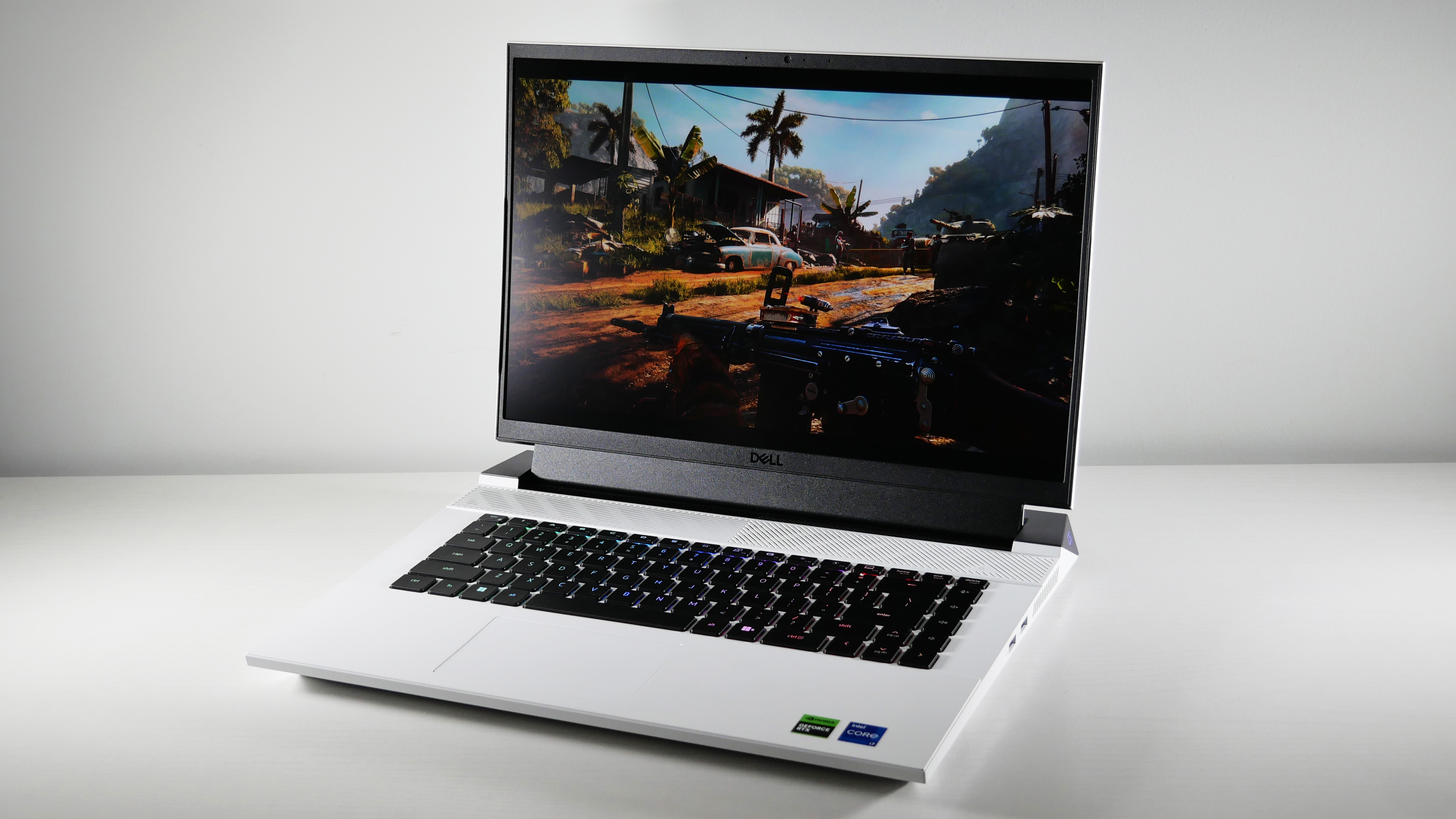
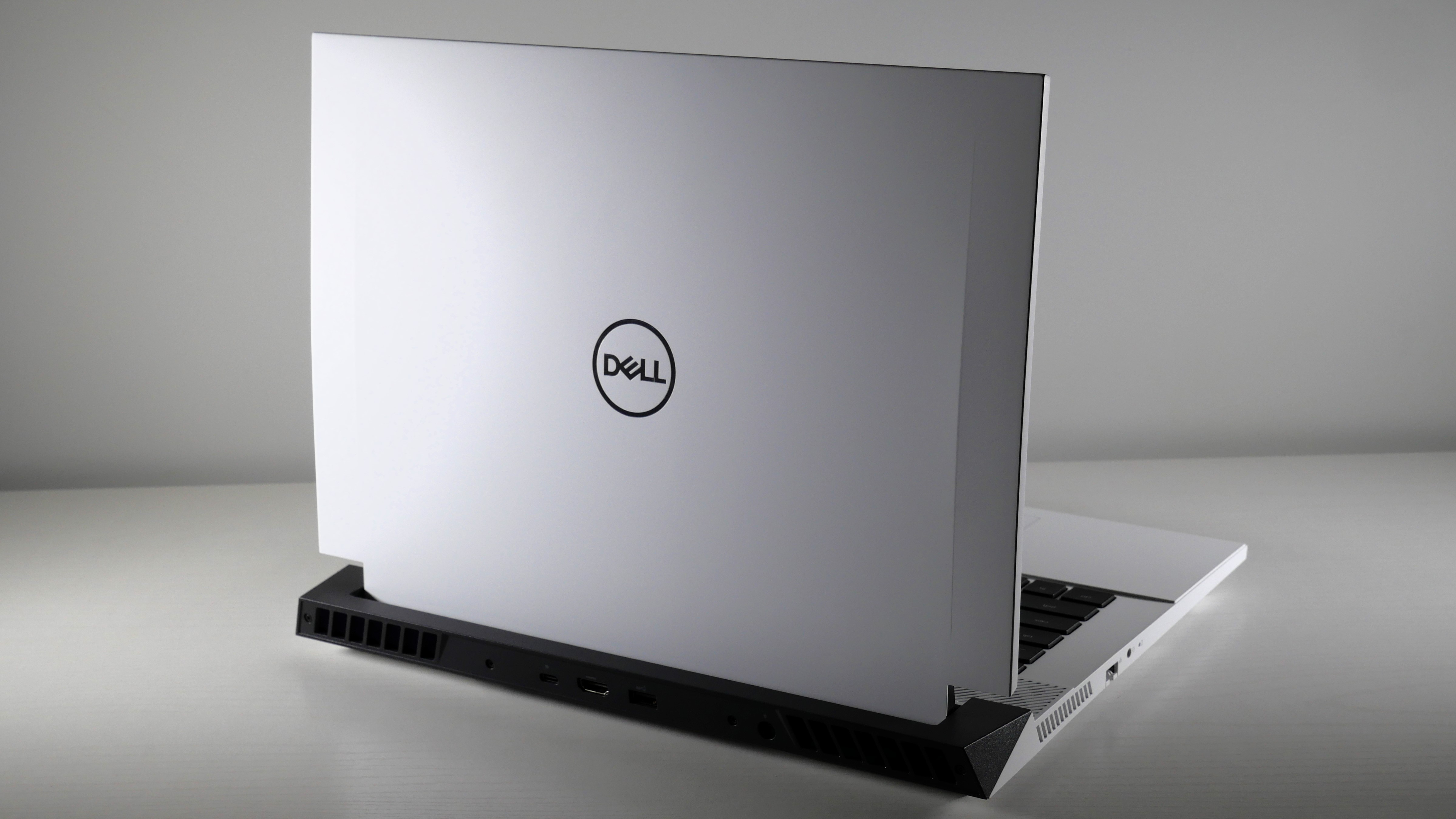
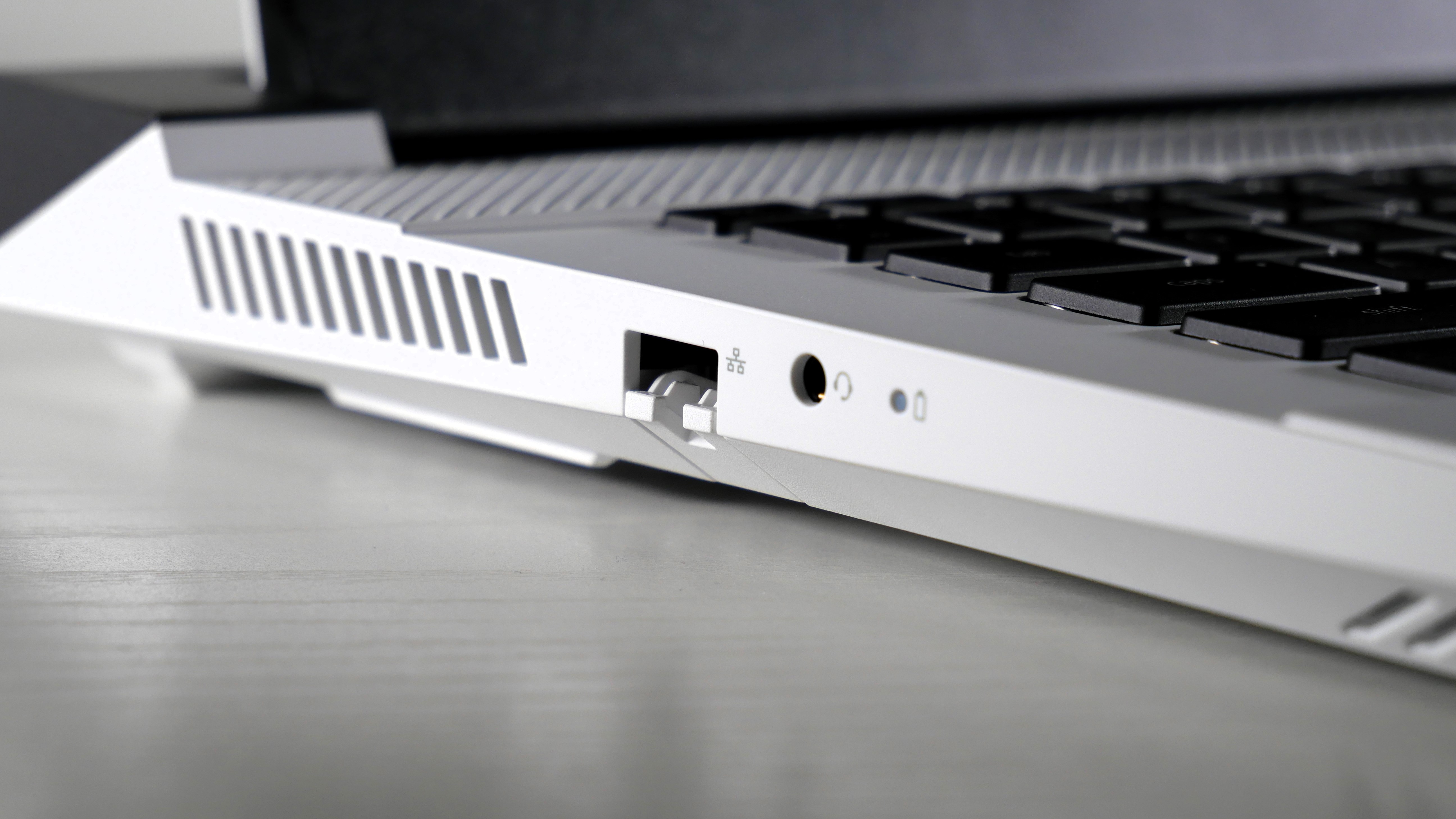
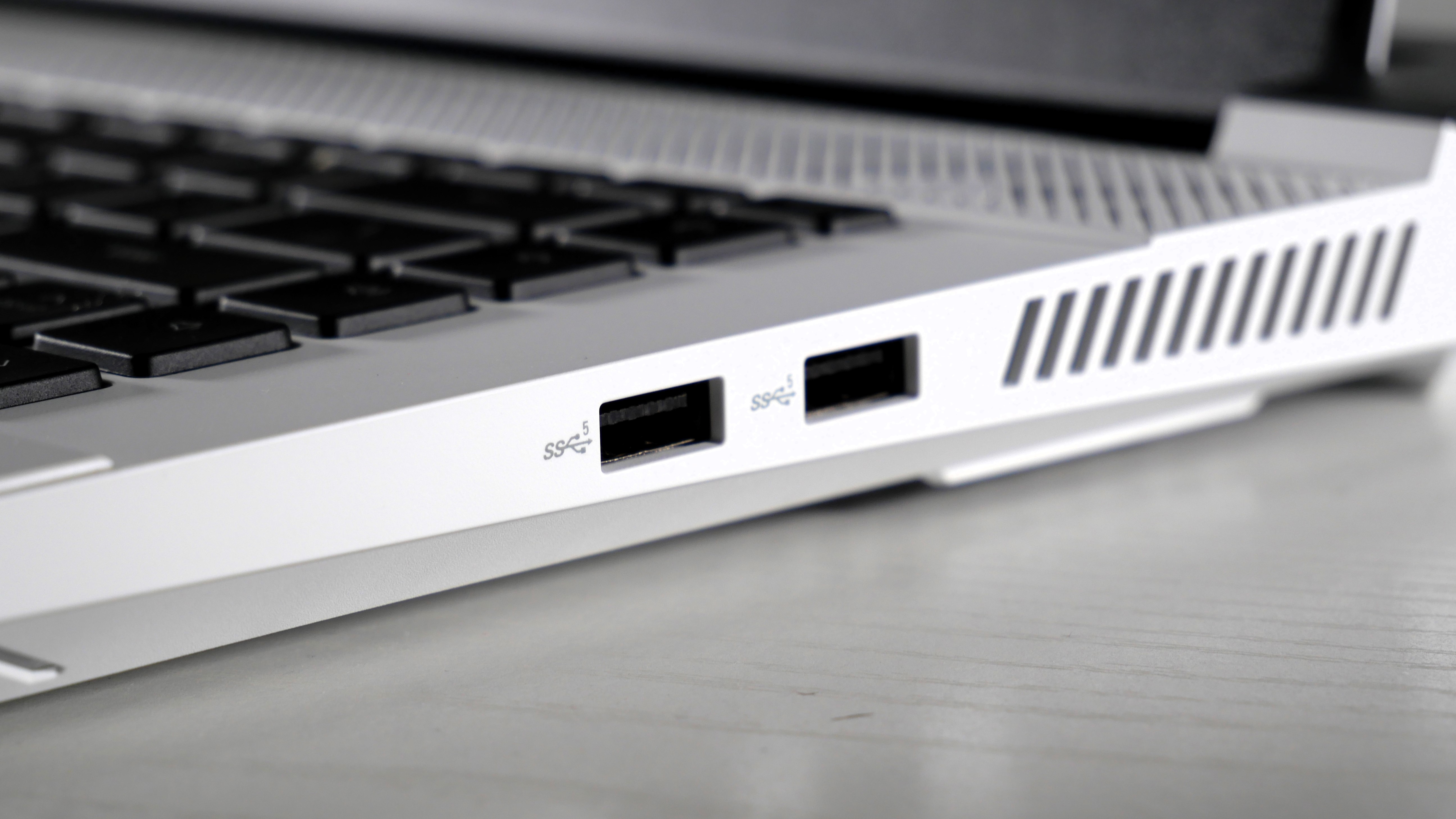

Specifications
Reasons to buy
Reasons to avoid
The Dell G16 is, simply put, the most impressive budget gaming laptop Laptop Mag has tested in years.
✔️ You want great performance. For under $1,000, you get a mid-tier RTX 4060, which can still run games at 60 fps (or higher) with the graphics settings maxed out.
✔️ You want higher-end features. Budget gaming laptops don't usually have a vivid display and a mechanical keyboard with RGB lighting— but this one does.
✖️ You want games to sound great. This laptop's speakers got the budget treatment, unfortunately. Any sound passing through them comes out hallow.
✖️ You want a comfortable trackpad. This one is tiny and using it doesn't feel so great, either — fair warning to anyone who wants a gaming laptop for productivity tasks.
Budget gaming laptops have been steadily disappearing from the laptop market over the last few years — so when one that packs a ton of performance and costs less than $1,000 falls into our hands, it's a great day at Laptop Mag. Like our editor, Rami Tabari, said in his review: "For its current price of $949, the Dell G16 (7630) is an absolute stunner."
Graphically intensive games like Cyberpunk 2077 achieved 33 frames per second at 1080p on Ultra settings, slightly higher than the Asus TUF Gaming A14 (30 fps) and Acer Predator Helios Neo 16 (32 fps) with the same RTX 4060 graphics card. In Assassin’s Creed Mirage (Ultra, 1080p), the G16 did exceptionally well (88 fps), and remained on par with the A14 and Neo 16.
One feature that surprised us is the quality of its display. Its 2560 x 1600, 240Hz screen is a common feature in gaming laptops — but not the quality of the IPS panel itself. It covers a massive 114% of the DCI-P3 color gamut, soaring past the average budget gaming laptop (79.1%). Even the TUF Gaming A14 (81%) and Predator Helios Neo 16 (92%) fall far behind it.
Unfortunately, its display doesn't get all that bright. At a max 310 nits, its close to the overall average (317), but is much dimmer than the A14 (411 nits) and Neo 16 (370 nits).
But there is one more thing that the G16 has that its closest rivals don't: a Cherry MX tactile mechanical keyboard. Revered for their longevity, travel distance and actuation point, sound, and feel, these switches are more commonly found in desktop gaming keyboards —and there are gaming laptops twice the price of the G16 that don't have them!
Its battery life is decent, too. At 5 hours and 4 minutes, it outlasts the average budget gaming laptop and the Predator Helios Neo 16 by an hour It's no TUF Gaming A14 (10:04), but that laptop's battery life is an exception to the rule.
In that light, the gripes we have with this laptop seem relatively minor compared to the higher-end features it offers. If you already have a gaming headset you can easily avoid the speakers harsh, hallow sounds. And if you already have a gaming mouse, you'll never need to touch the tiny trackpad.
See our full Dell G16 (7630) review.
Best display
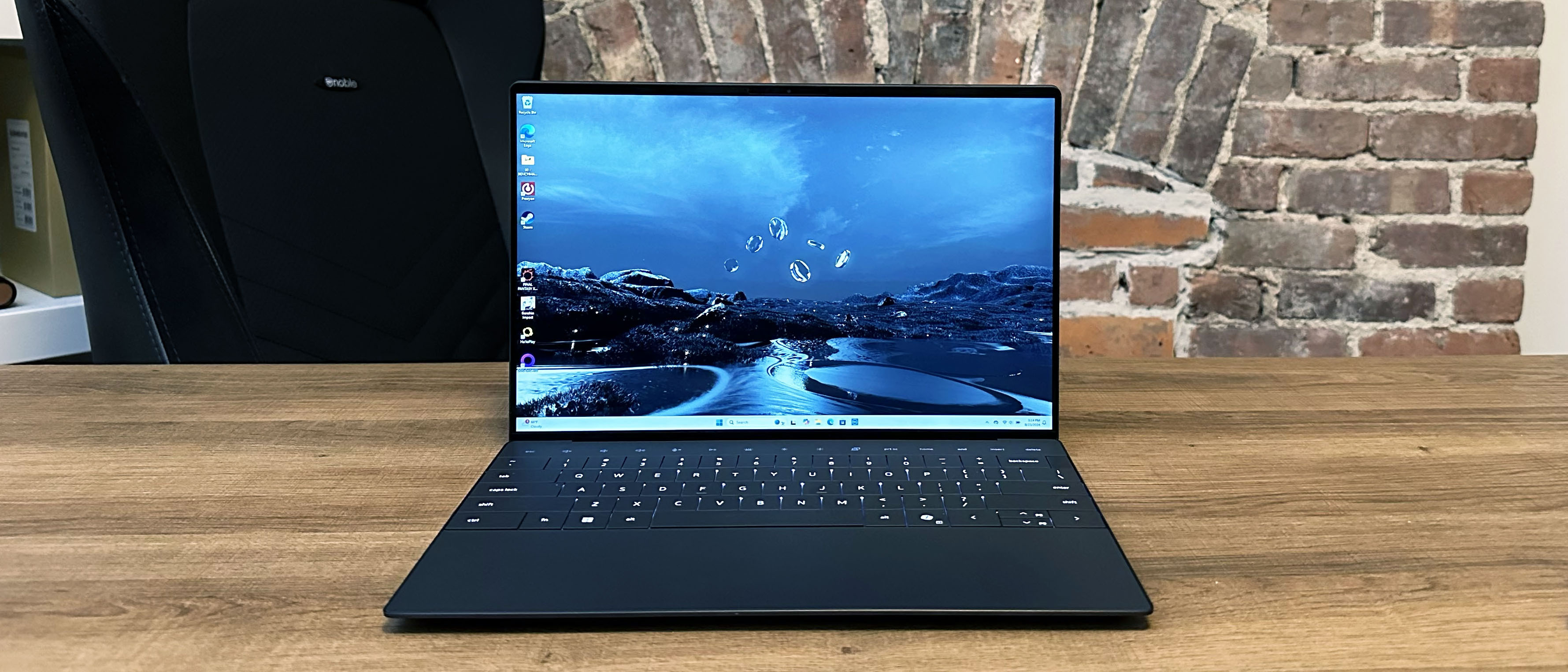
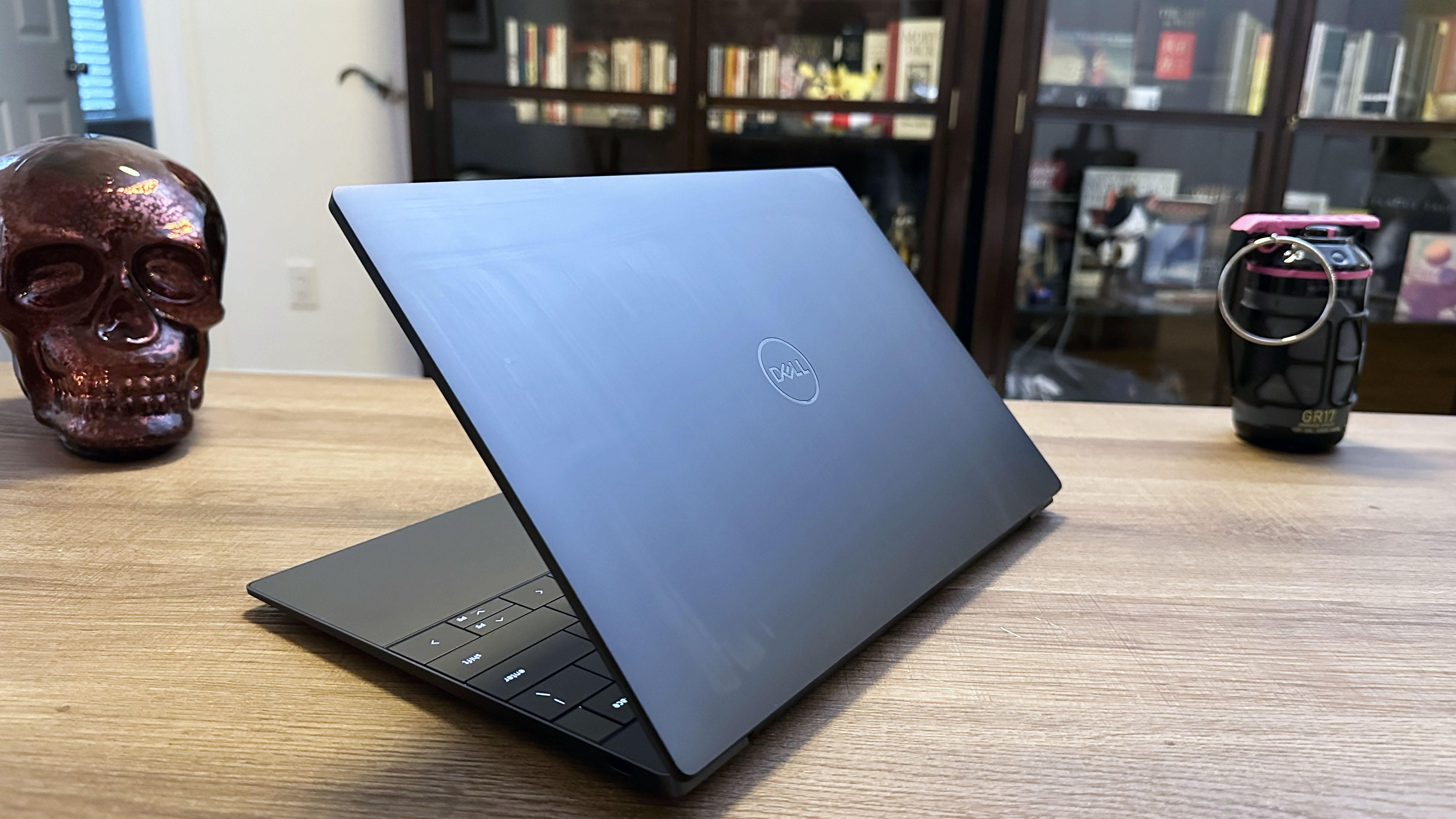
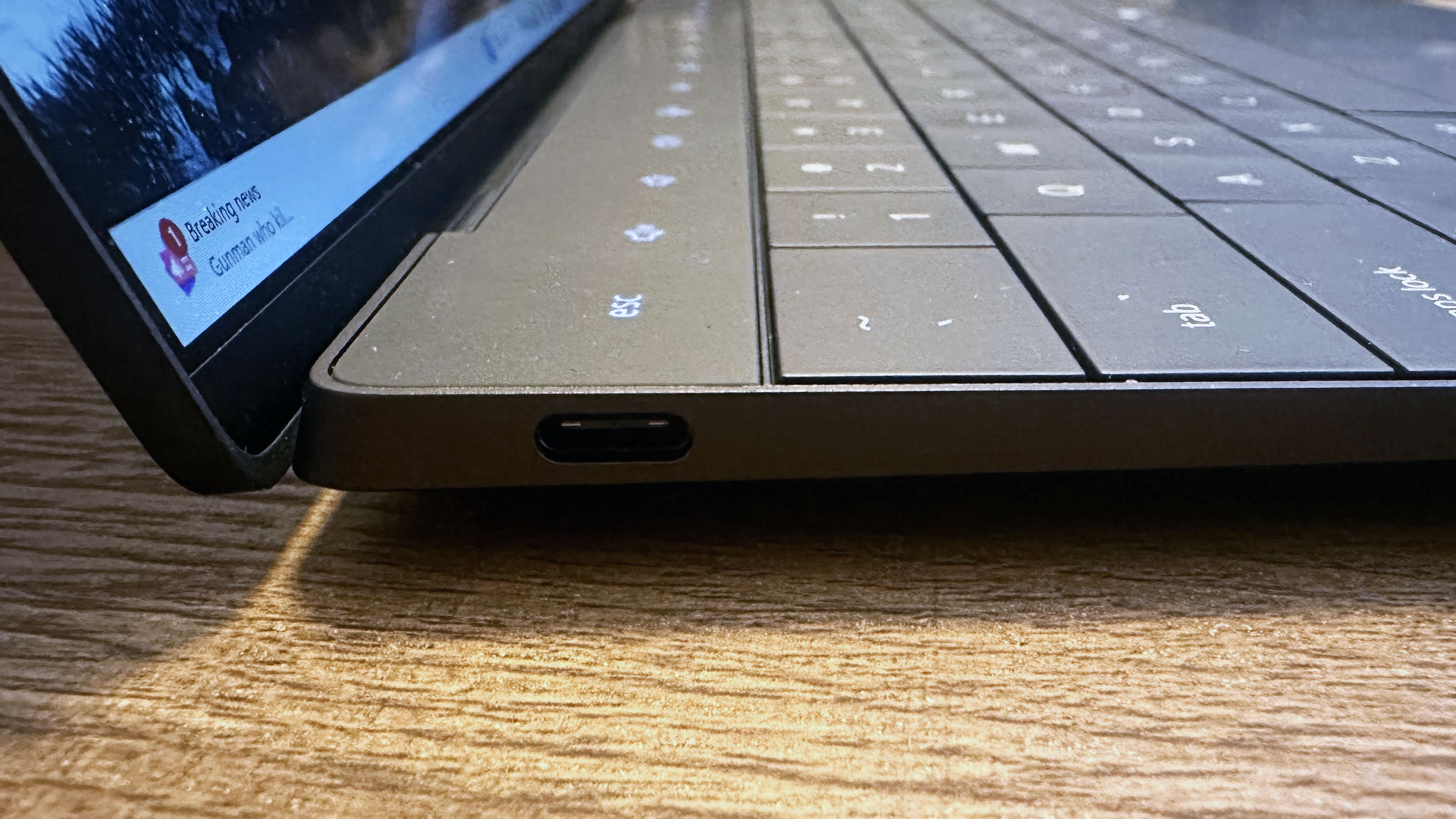
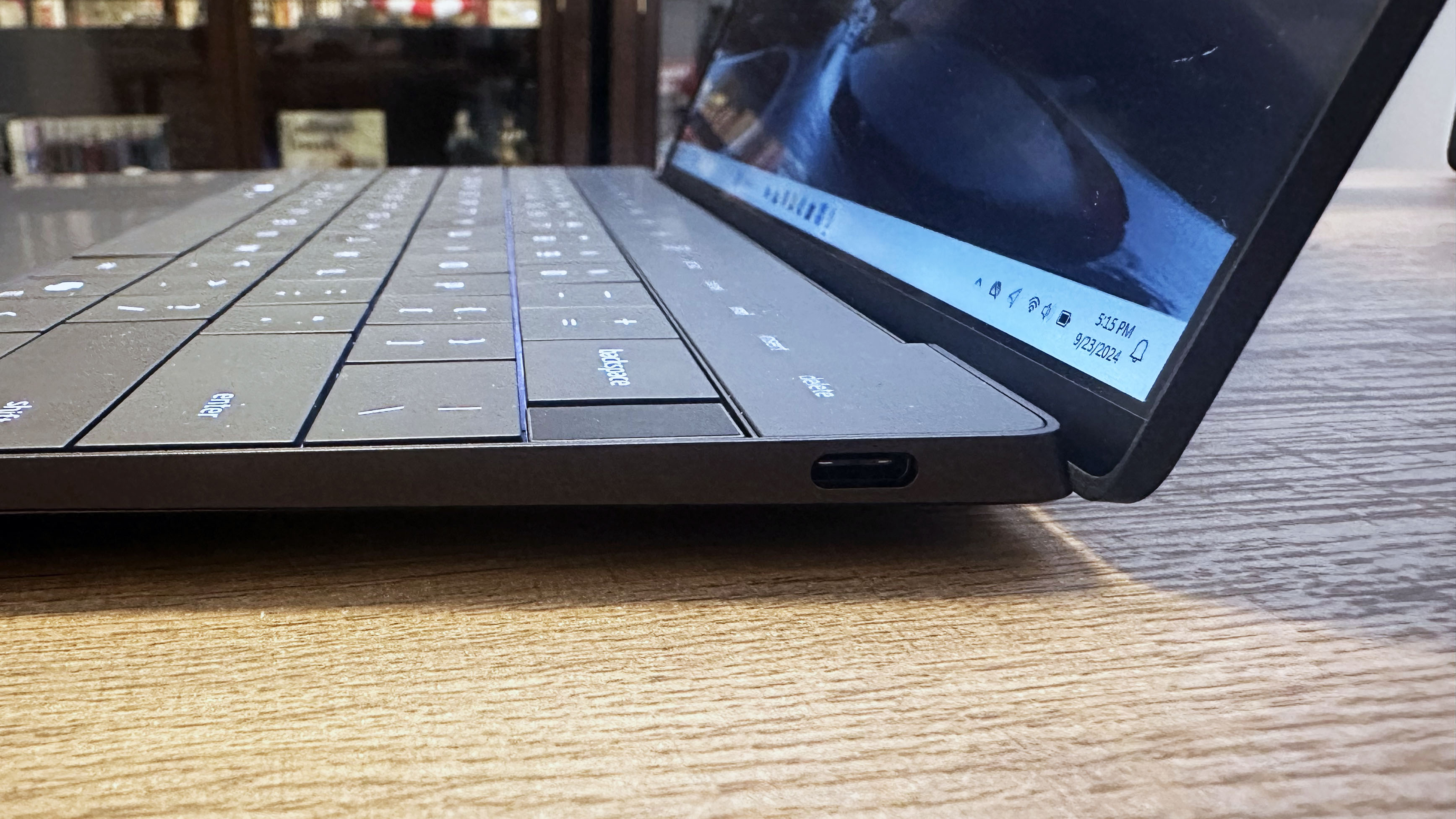
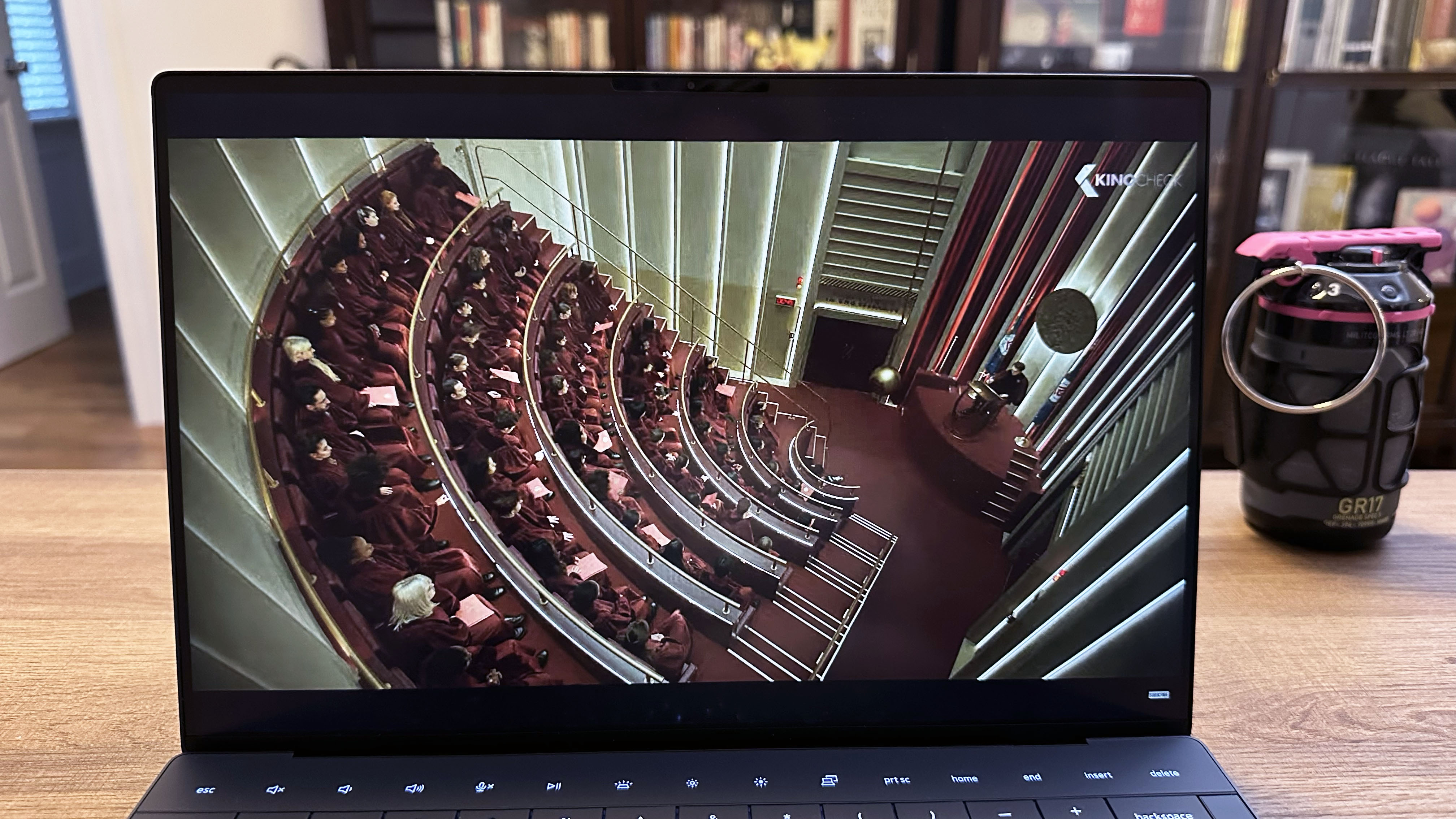
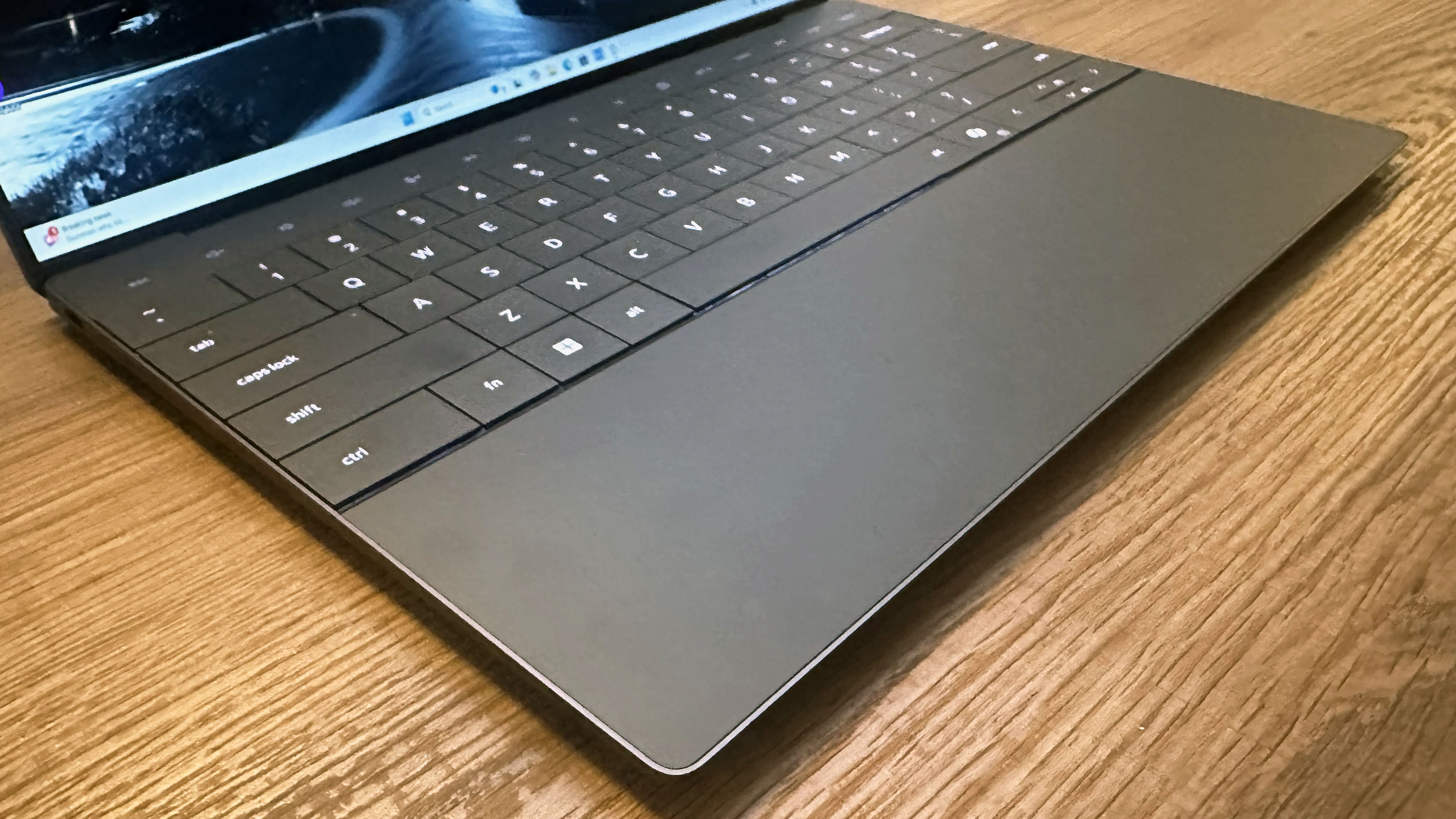
Specifications
Reasons to buy
Reasons to avoid
The Dell XPS 13 OLED has one of the widest color gamuts of out all the laptops we tested in 2024 — even wider the LG Gram Pro 16 2-in-1 and MSI Prestige 16 AI Evo.
✔️ IPS displays don't do it for you anymore. The OLED panel is optional on the XPS 13, but it covers a much greater color gamut than its IPS alternative.
✔️ You want a highly portable laptop. While this isn't the thinnest laptop we've ever tested, it's one of (if not the) lightest — under 3 pounds!
✖️ You need a roomy keyboard. It's no a surprise that 13-inch laptops like this one have compact keyboards, but the XPS 13's felt more cramped than most.
✖️ You need more ports. This laptop's sole two Thunderbolt 4 ports are enough to connect an external display and charge it at the same time. That's it.
The Dell XPS 13 — a long-time Laptop Mag favorite. We've reviewed many configurations over the years, and each stood out for various reasons. Though I'd describe its new, minimalist design with a "touch bar" and "invisible" trackpad among reviewers as a love/hate relationship, we adore the OLED display on this iteration. There are plenty of other great things about the Dell XPS 13. From "solid performance and respectable integrated graphics to impressive battery life and impactful speakers," our staff writer, Madeline Ricchiuto, talks about this in her review.
We wouldn't recommend it for having the best display if it didn't stun us with a kaleidoscope of colors. The panel covers 144.60% of the DCI-P3 color gamut, way beyond this laptop's base, IPS panel (69.9%). Some of its closest competitors, like the 13-inch MacBook Air M3 (77.8%) and Asus Zenbook S 14 (82.0%), aren't on the same wavelength, either.
Though it was not the dimmest OLED display we've tested, we wish it was a bit brighter; an average peak brightness of 377 nits is enough to cut through most lighting glare, though not all of it. It's still brighter than its IPS counterpart (357 nits) and the Zenbook S 14 (342 nits), but the MacBook Air is the brightest out of all of them (476 nits).
Its chassis is as thin and light as ever, with the OLED model at 0.6 inches thick and weighing the same 2.6 pounds as the non-OLED. It's not as slim as the MacBook Air M3 (0.44 inches) or Asus Zenbook S 14 (0.47 ~ 0.51 inches), but it weighs the same amount.
One major sacrifice that comes with the XPS 13 OLED: its tandem display sucks up a lot of power, leaving the laptop with 8 hours and 40 minutes of battery life. That's 5 hours less than the average premium laptop (13:23), and way, way less than the non-OLED's outstanding 18 hours and 43 minutes.
At least you won't have to worry about this laptop's performance. In the Geekbench 6 single-core benchmark, it held its own (2,772) against the Snapdragon Dell XPS 13 (2,797) and Asus Zenbook S 14 (2,751). Paired with Intel's current-gen Arc integrated graphics, this laptop can function as a decent gaming laptop if you casually play games that don't push the graphics too hard.
In the Sid Mieier’s Civilization VI: Gathering Storm (1080p, Medium) benchmark, it averaged 53 fps — behind what the Asus Zenbook S 16 with an AMD Ryzen AI 9 chip can do (63 fps) but beyond the Snapdragon XPS 13 (22 fps), which didn't meet our minimum 30 fps playability threshold.
See our full Dell XPS 13 OLED (9350) review.
Best battery life

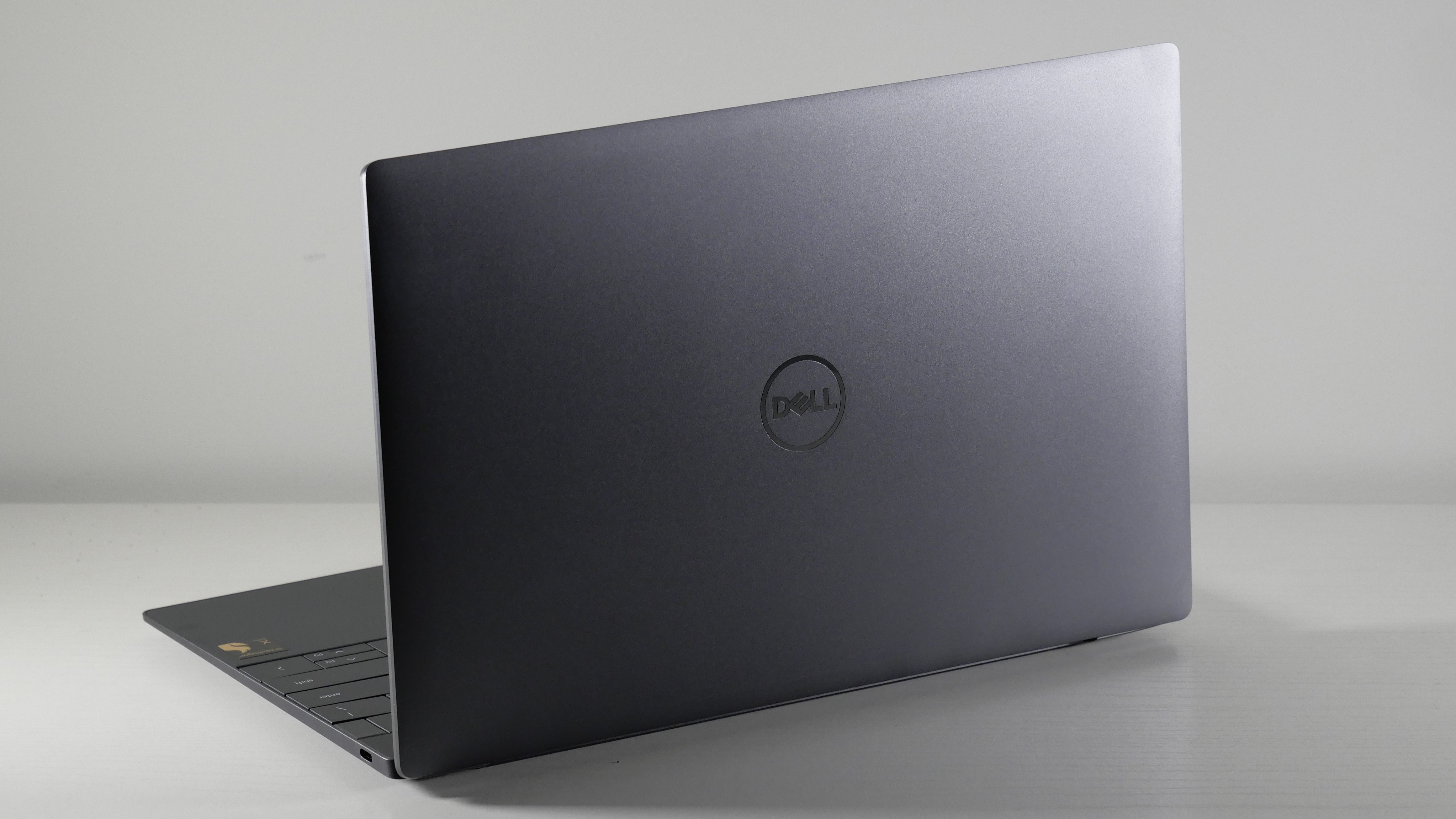
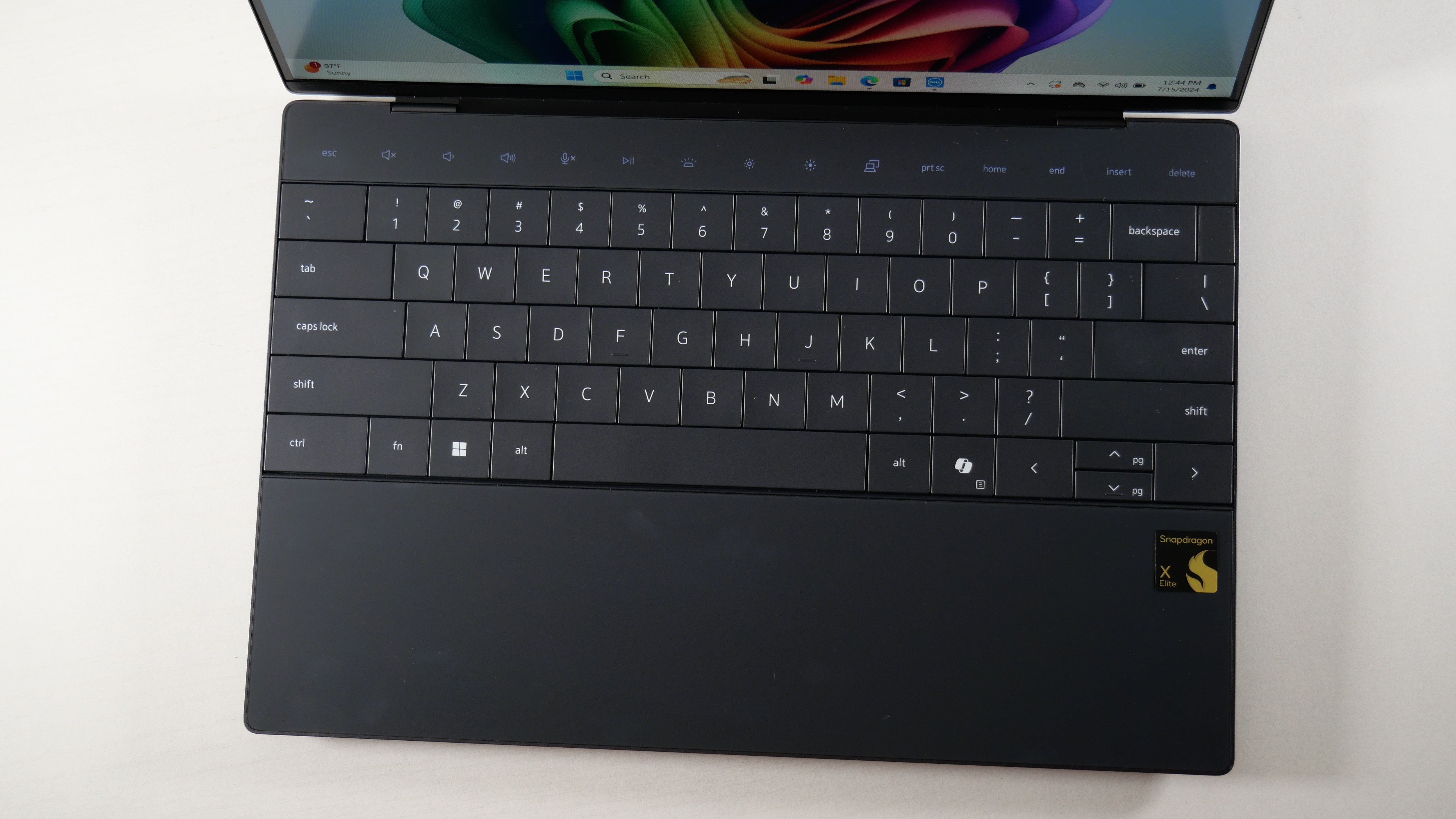
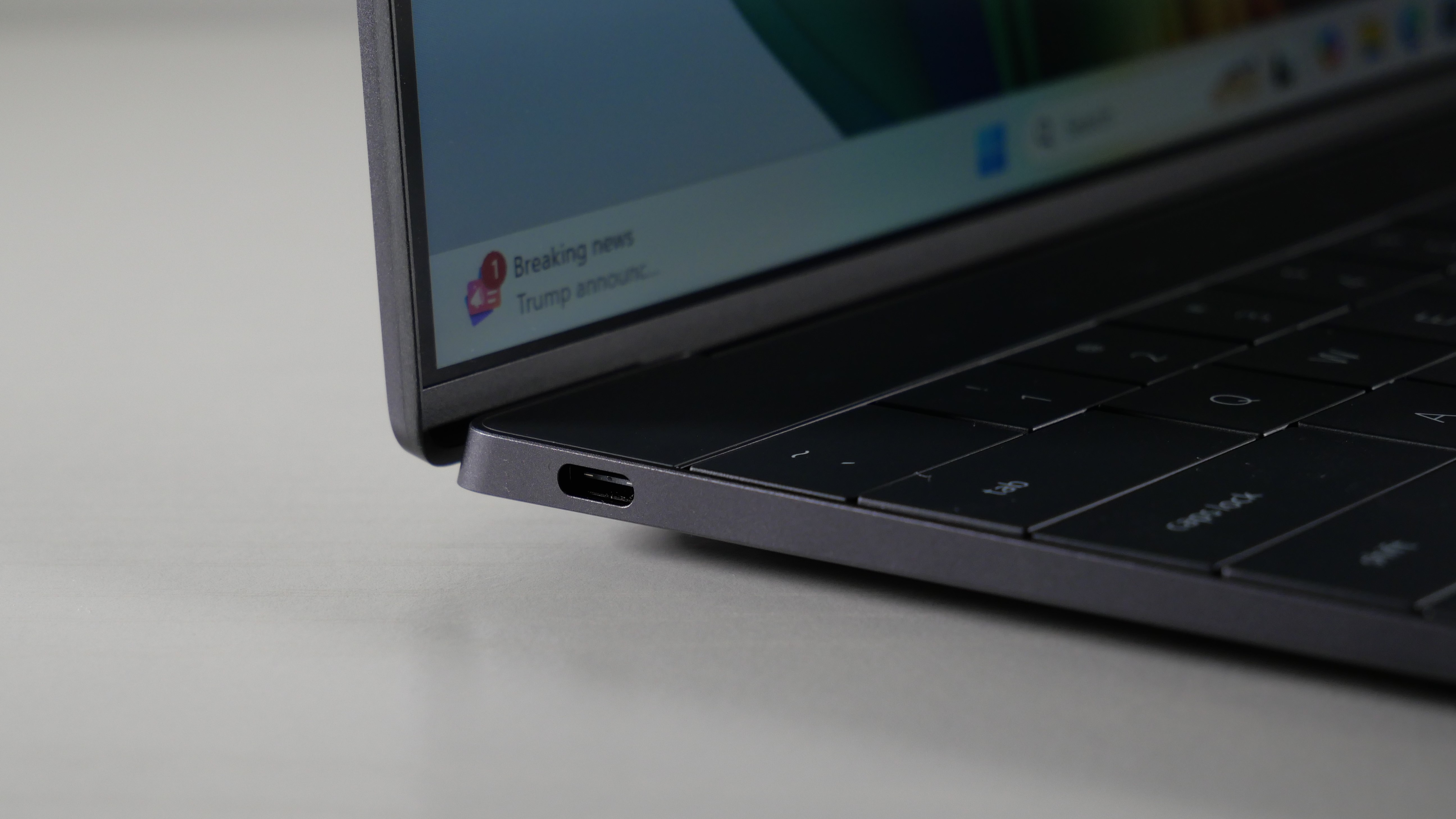
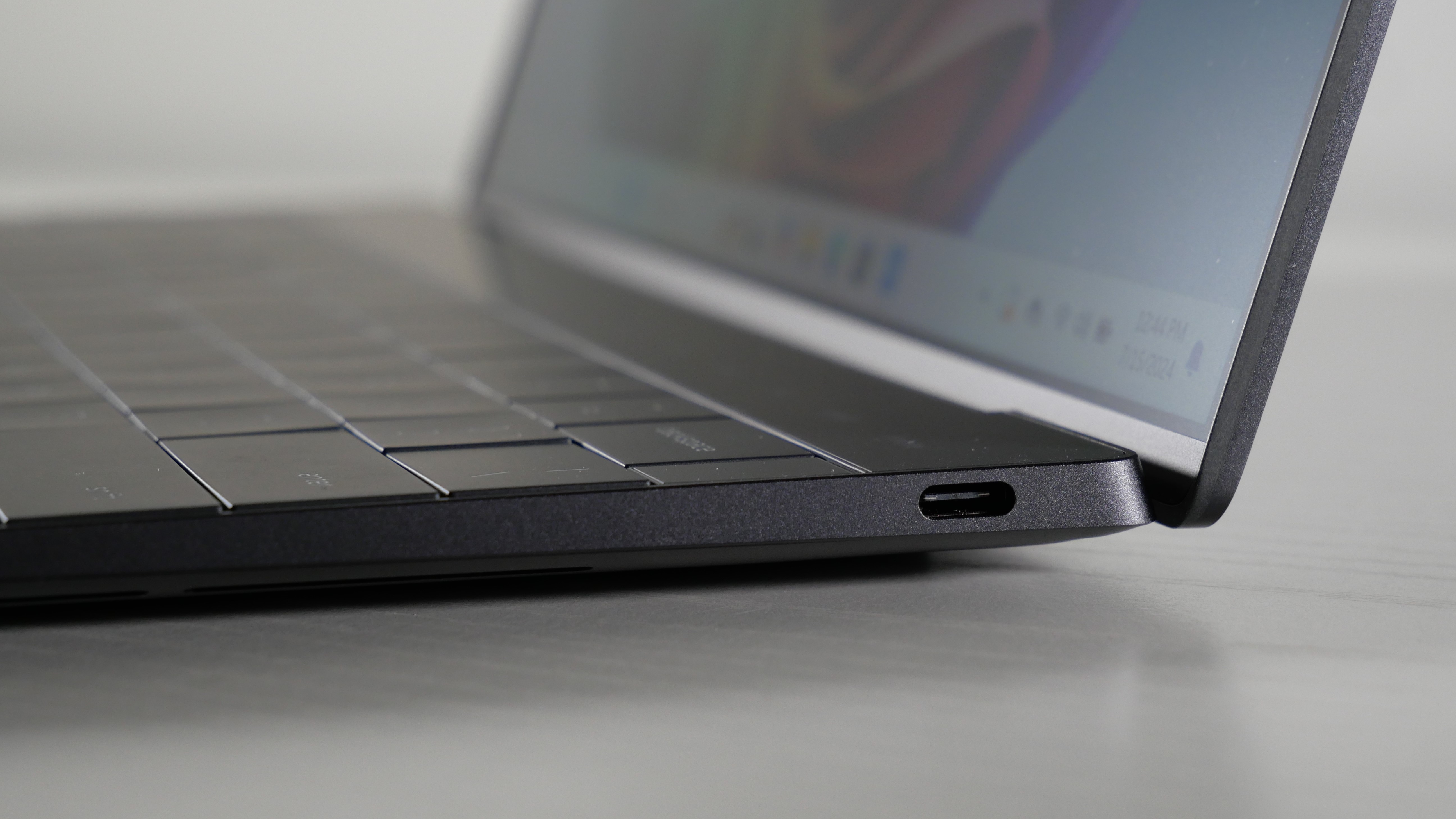
Specifications
Reasons to buy
Reasons to avoid
The Dell XPS 13 (9345) gets 7 more hours of battery life compared to the average premium laptop — and it's the second-best we've ever tested across multiple brands, form factors, and categories.
✔️ You want as many hours of battery life as there are in a day. This laptop is 4 hours shy of the 24-hour mark, but if you charge it while you sleep for those 4 hours, it'll be like the battery never died in the first place!
✔️ You're a serious multitasker. This laptop's performance will handle the productivity software, music apps, streaming apps, and dozens of browsers tabs you leave open all day.
✖️ You don't want to buy a USB-C hub. Thin and light, 13-inch laptops aren't known for having tons of ports, this one included; there are only two USB-C connections.
✖️ You can cover the entire keyboard with both your hands. This keyboard feels cramped, so your large hands (if you have them) might also feel cramped after using it for a while.
Having endured years of bartering with college classmates and random coffee shop patrons for a seat next to a wall outlet, long battery life is one of my must-have features in a laptop. It could have a horrible display but over 15 hours of battery life, and I'll still look at it like, "Yeah, but that battery life!" That's the Dell XPS 13 (9345) in a nutshell.
It had phenomenal battery life before we updated the BIOS during our testing, increasing it from 19 hours and 1 minute to 20 hours and 51 minutes. That's way beyond the average premium laptop average (13:23) and the MacBook Air M3 (15:13), Asus Zenbook S14 (13:51), and HP Spectre x360 14 (11:01) with an Intel Core Ultra 7 155H chip.
That also puts this laptop in the same league as the MacBook Pro 16 M4 Pro (20:46) and Lenovo ThinkBook 16 Gen 7 (21:02) — and none of them are direct competitors!
As a heavy multitasker, performance also matters a lot to me. I need my laptop to handle dozens of open browser tabs while Slack and Discord run in the foreground and Spotify loops through my favorite songs. This laptop's Snapdragon X Elite X1E-80-100 processor has some of the best multicore processing power to handle all that.
In the Geekbench 6 overall performance benchmark it scored 14,635, making it 29% faster than the average premium laptop (10,492). It's also 8% faster than the MacBook Air M3 (12,087), 14% faster than the Zenbook S14 (11,157), and 6% faster than the Spectre x360 14 (12,358).
Remember what I said about a horrible display? This XPS 13s' is a let-down. It covers just 66.9% of the DCI-P3 color gamut, which is 20% lower than the average premium laptop (86.8%) — and duller than its MacBook Air M3 (77.8%), Zenbook S14 (82.0%), and Spectre x360 (85.8%) rivals.
When our editor, Rami Tabari, watched the Borderlands trailer during his testing process, he noticed the "entire horizon beyond the crew was washed out due to the terrible contrast" and "deep orange-colored canyons were reduced to a pale yellow devoid of life."
But at least the display is bright! Its max 456 nits comes close to the average premium laptop (467 nits), and it's just a tad dimmer than the MacBook Air M3 (476 nits). It literally outshines both the Zenbook S 14 (342 nits) and Spectre x360 (366 nits), too.
See our full Dell XPS 13 (9345) review.
Benchmark comparisons
Click to view chart data in table format
| Row 0 - Cell 0 | Dell Inspiron 14 Plus (Qualcomm Snapdragon X Plus) | Dell Inspiron 14 Plus (Intel Meteor Lake) | Dell G16 (7630) | Dell XPS 13 OLED (Intel Lunar Lake) | Dell XPS 13 (Qualcomm Snapdragon X Elite) |
Geekbench 6 (Higher is better) | 13,281 | 12,729 | 11,209 | 11,033 | 14,635 |
Handbrake time ((MM.SS), lower is better) | 6.23 | 5.02 | 4.19 | 8.28 | 4.41 |
Battery life - Web surfing (HH.MM) | 18.20 | 15.06 | 5.04 | 8.40 | 19.01 |
SSD transfer speeds (MBps, higher is better) | 1510 | 1618.3 | 1719 | 1513 | 1342 |
DCI-P3 Color Gamut (Higher is better) | 69.1 | 68.4 | 114 | 144.6 | 66.9 |
Display Brightness (Nits, higher is better) | 470 | 367 | 310 | 377 | 456 |
Hottest temperature (95 degree comfort threshold) | 100 | 108 | 107 | 100.4 | 120 |
Recently reviewed
Not every laptop can make the best Dell laptops page. (We wouldn't be doing you that much good if that were the case!) We review new laptops every week and over 100 laptops yearly, so here's a look at our most recently reviewed laptops that didn't make this page either due to a fault, battery life, performance, price, or something else.
Alienware 16 Area-51 | Intel Core Ultra 9 275HX | Nvidia GeForce RTX 5080 | 32GB RAM | 1TB SSD
Score: ★★★★½
Pros: Badass design; bright display; mechanical keyboard and smooth touchpad; solid speakers; powerful performance and graphics; cheaper than competition
Cons: Battery life could be better; display color is lacking; wish the touchpad was taller
See our full Alienware 16 Area-51 review.
Alienware m16 R2 | Intel Core Ultra 7 155H | Nvidia RTX 4070 | 16GB RAM | 1TB SSD
Score: ★★★½
Pros: Excellent redesign; phenomenal gaming power; high productivity performance; Stealth Mode is great; satisfying keyboard
Cons: Subpar color; dim display; loud fans; underwhelming audio; battery life could be better
See our full Alienware m16 R2 review.
Dell XPS 13 9350 | Intel Core Ultra 7 258V | Intel Arc | 32GB RAM | 512GB SSD
Score: ★★★★
Pros: Solid performance; impressive battery life; vivid tandem OLED display option; impactful speakers; respectable graphics
Cons: Display could be brighter on both models; poor color on non-OLED display; cramped keyboard; only two USB-C ports
See our full Dell XPS 13 (9350) review.
Dell 14 Plus | Intel Core Ultra 7 256V | Intel Arc integrated graphics | 16GB RAM | 1TB SSD
Score: ★★★½
Pros: Fingerprint-proof chassis; solid battery life; decent performance
Cons: Higher configs are better; mediocre display; hollow speakers; hallow touchpad
See our full Dell 14 Plus review.
Score: ★★★½
Pros: Solid performance; great battery life; strong, convertible hinges; affordable
Cons: Dull display; poor audio quality; unsatisfying touchpad
See our full Dell 14 Plus 2-in-1 review.
Score: ★★★½
Pros: Roomy touchpad and keyboard; surprisingly solid graphics for the price; solid display
Cons: Weak battery life; stiff touchpad; heavy
See our full Dell 16 Plus 2-in-1 review.
Dell XPS 14 9440 | Intel Core Ultra 7 155H | Nvidia RTX 4050 | 16GB RAM | 512GB SSD
Score: ★★★★
Pros: Interstellar design; bright display; powerful performance and graphics; solid battery life
Cons: No USB Type-A port; incredibly dull panel; keyboard is mushy
See our full Dell XPS 14 (9440) review.
Dell XPS 14 OLED 9440 | Intel Core Ultra 7 155H | Nvidia RTX 4050 | 32GB RAM | 1TB SSD
Score: ★★★★
Pros: Fast, reliable performance and graphics; hyper-modern design; vibrant OLED display; decent battery life; impressively loud audio
Cons: Dim display panel; no USB-A or HDMI ports; grainy webcam; soft, shallow keyboard
See our full Dell XPS 14 OLED (9440) review.
Dell Latitude 2-in-1 9440 | Intel Core i7-1365U-vPRO | Intel Iris Xe | 32GB RAM | 1TB SSD
Score: ★★★½
Pros: Bright and vivid display; great performance; decent speakers; sturdy chassis and hinge; security features
Cons: Awkward keyboard; frustrating trackpad; SSD is underwhelming; battery life could be better; absurd price point
See our full Dell Latitude 2-in-1 (9440) review.
How to find the right Dell laptop
In January of 2025, Dell announced name changes impacting its entire lineup. We've already reviewed several models with the new names (with more to come), so we put together a table to help anyone shopping for a new Dell laptop understand how the old model names translate to the new ones.
It's important to note that while the names are changing, the basic product lines remain the same, and in most cases, the designs are unchanged for 2025.
Old name | New name | Tiers |
Inspiron | Dell | Dell |
Inspiron Plus | Dell | Dell Plus |
XPS | Dell | Dell Premium |
Latitude | Dell Pro | Dell Pro, Dell Pro Plus, Dell Pro Premium |
Precision | Dell Pro Max | Dell Pro Max, Dell Pro Max Plus, Dell Pro Max Premium |
The most affordable Dell laptops were the Inspiron and Inspiron Plus lines, starting for well under $1,000. In 2025, those will just be known as Dell and Dell Plus. If you are looking for an affordable laptop that can handle basic web browsing, productivity tasks, and entertainment, these laptops are typically a perfect fit.
The premium consumer laptop line was XPS, and it is now Dell Premium. These laptops go head-to-head with the best MacBooks and fall into similar pricing, starting just below $1,000 and ranging above $3,000 for the top configurations. These laptops are for people who want a more premium fit and finish to the laptop or those with more robust needs, whether that's more performance for massive multitasking or tasks like photo editing or video editing.
Those are Dell's consumer laptops. Now, we move into the business and workstation-class laptops, where things get a little more complicated with multiple tiers, but you also can see the benefit of Dell's new naming.
Dell's business laptops were known as Latitude. Starting at just above $500 and ranging up to around $2,500 for the top configurations, these catered to businesses of almost any size. Going forward, these are the Dell Pro models with three tiers: Dell Pro, Dell Pro Plus, and Dell Pro Premium. Performance and quality improve as you move up the line, so finding the best business laptop for you is just a matter of your budget.
Finally, we have the Dell Precision lineup, which are Dell's workstations, now known as Dell Pro Max. Again, there are three tiers to this lineup: Dell Pro Max, Dell Pro Max Plus, and Dell Pro Max Premium. Now, the names start to feel a little long, but it remains very simple to understand. You can spend as little as around $1,300 for the Dell Pro Max, and it scales up to $4,000 for a high-end Dell Pro Max Premium. The best workstations are designed for people with intensive performance needs, such as rendering 3D graphics, simulations, 4K or 8K video, etc.
FAQs
Q: Are Dell laptops good for gaming?
A: While Alienware is the dedicated gaming laptop brand that is a part of Dell, some Dell laptops cater to gamers. The Dell G16 (7630) is one of our selections for the best gaming laptops and the best cheap gaming laptops. If you are wondering if a specific Dell laptop is good for gaming, check out our review. We have a dedicated section on gaming in every review we publish.
Q: Do Dell laptops come with Microsoft Office?
A: No. You may receive a trial of Microsoft Office software through Microsoft 365, but the software is not free with a new Dell laptop.
Q: Are Dell laptops good for students?
A: It depends! Some Dell laptops are certainly candidates to be the best student laptops; it just depends on your course of study and budget. Most bachelor of arts students would likely be happy with an Inspiron or Inspiron Plus (Dell, Dell Plus) laptop. Students with more intensive needs, such as those in engineering, programming, or even film, should consider the XPS (Dell Premium) or even the Precision (Dell Pro Max).
Q: Where are Dell laptops are manufactured?
A: Dell manufactures its laptops in various cities across Europe, the Americas, and Asia-Pacific region. Its US-based facility is located in Austin, Texas, where the company was originally founded in 1984.
Its Shanghai, Shenzhen, and Chengdu (China) and Limerick, Ireland facilities are arguably the company's most important hubs for manufacturing and distributing laptops and other computing devices outside of the United States.
How we test laptops
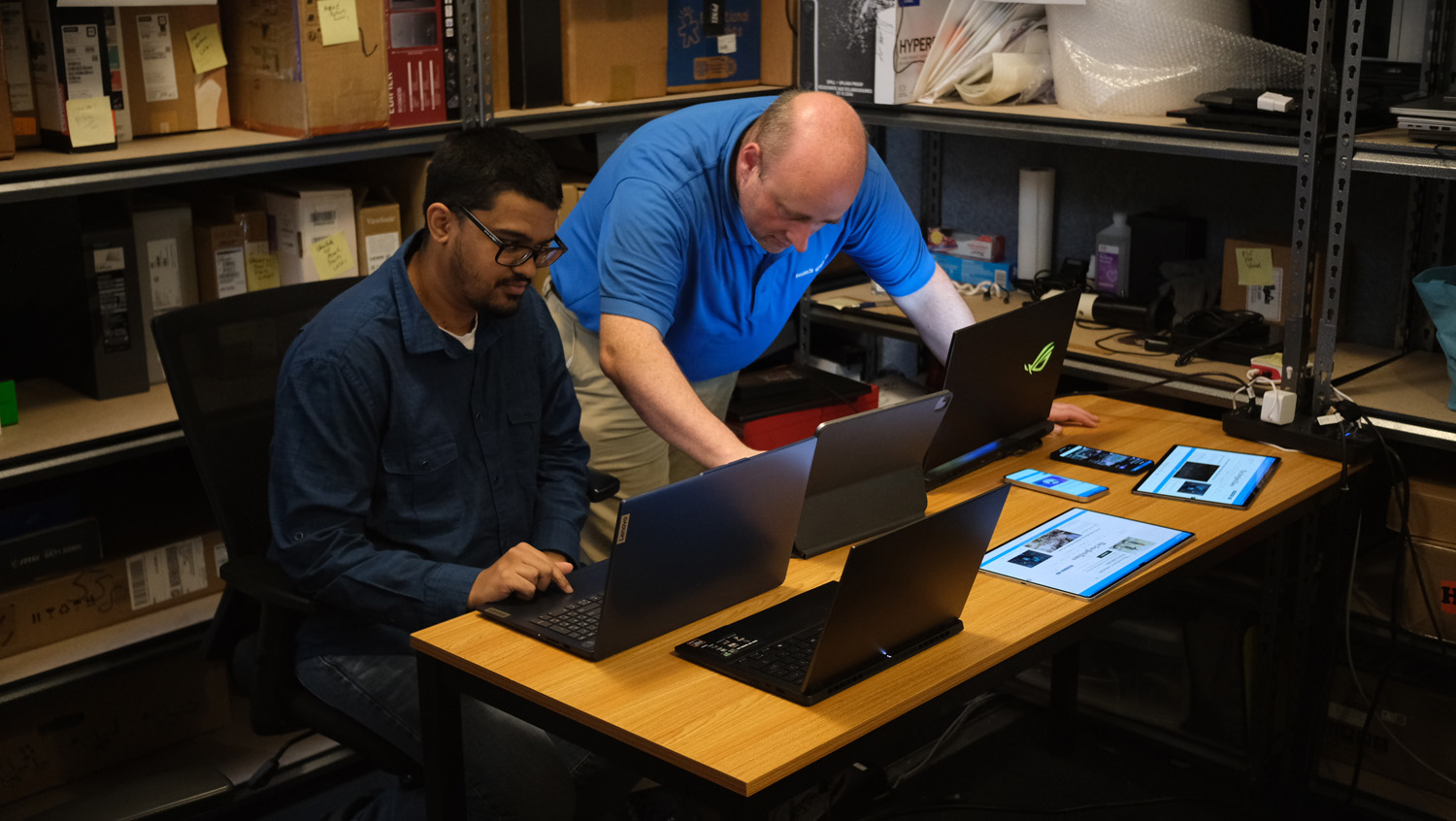
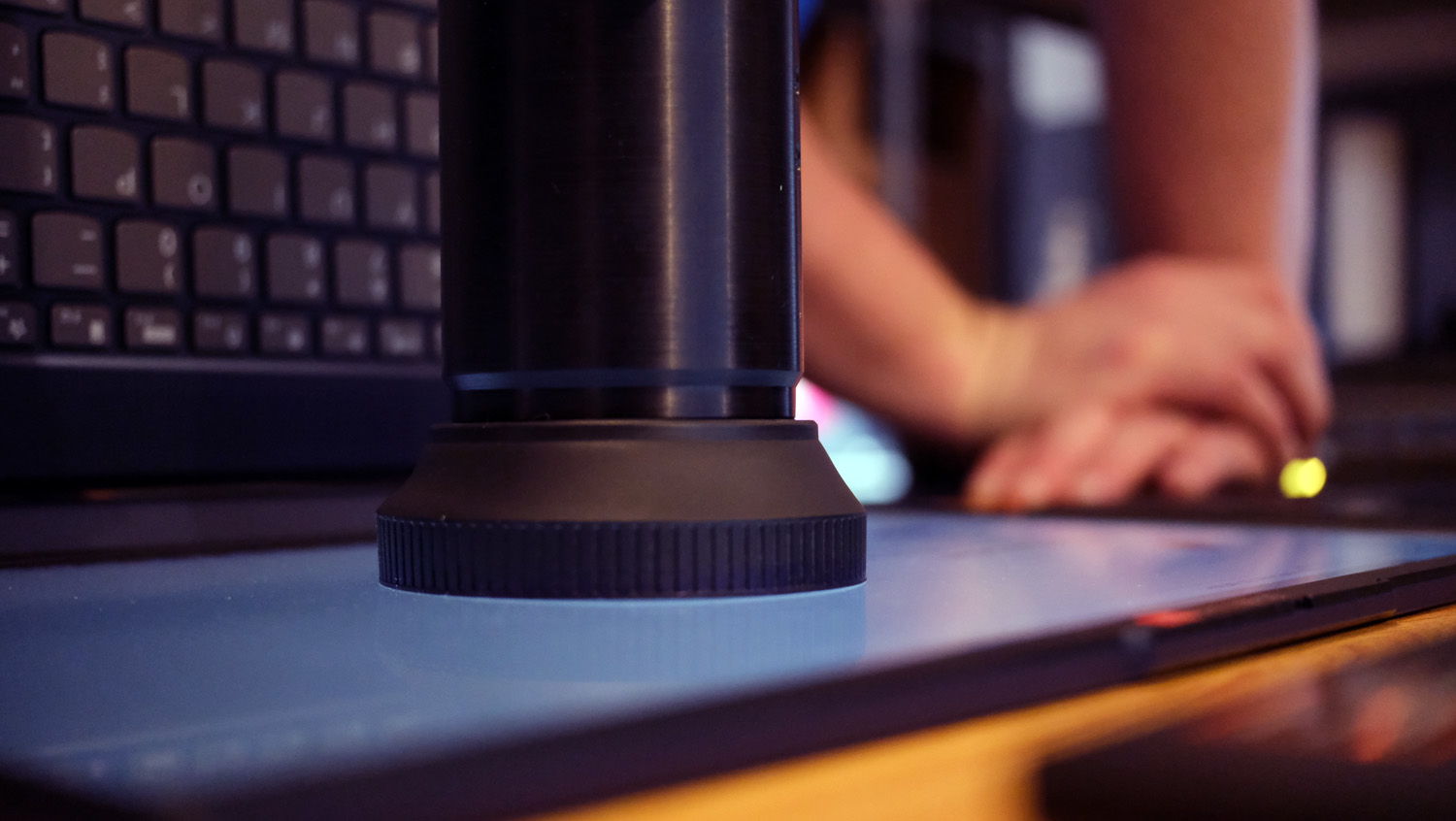
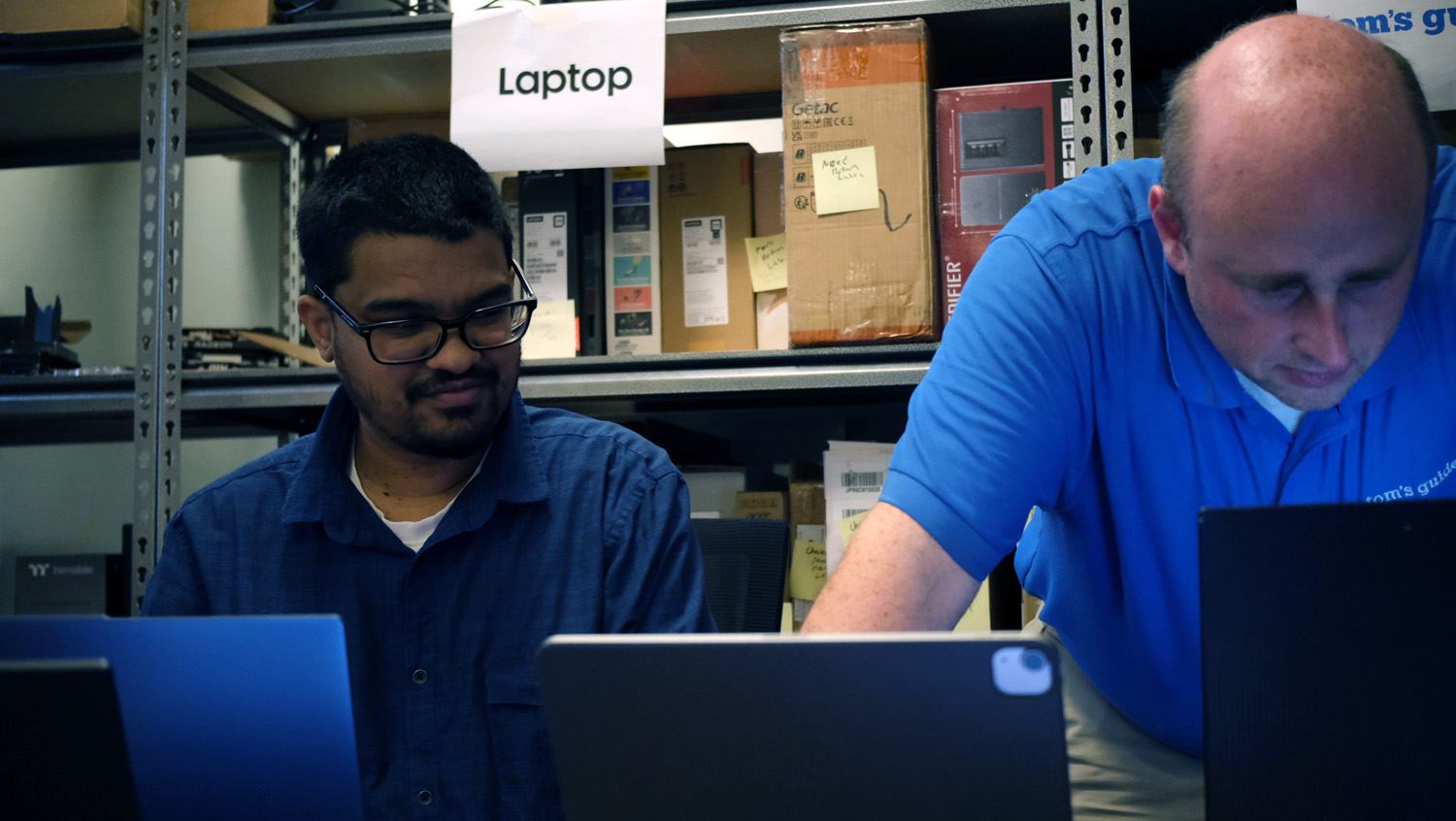
We put each laptop through extensive benchmark testing — both synthetic and real-world — before they end up in the hands of our reviewers. We evaluate each aspect of the laptop, including its performance, battery life, display, speakers, and heat management.
In our benchmark testing, we use a Klein K10 colorimeter to detect the brightness and DCI-P3 color gamut of the laptop's display. For performance testing, we run the laptop through a gauntlet of benchmarks, including Geekbench 6 and 3DMark professional graphics tests.
To determine real-world performance, we convert a 4K video to 1080p resolution and duplicate a 25GB file. Our real-world graphics test is Cid Meier's Civilization V: Gathering Storm benchmark at 1080p resolution and Medium graphics. We also run heat tests by playing a 15-minute full-screen video and measuring temperatures in different areas of the laptop. For gaming laptops, we test Red Dead Redemption 2, Assassin's Creed Mirage, Shadow of the Tomb Raider, Borderlands 3, Far Cry 6, and others.
For our battery test, we continuously web surfing over WiFi at 150 nits of brightness. For Windows 11 laptops, a runtime of over 10 hours is considered a good result, whereas gaming laptops and workstations that can stay powered longer than 5 hours deserve praise.
Following these tests, the laptop is given to our expert reviewers for extensive hands-on testing. Our reviewers will spend days using the laptop as part of their typical workflow to get a sense of the real-world performance and live with the laptop to come away with a thorough understanding of the hardware and software experience. This blended lab testing and hands-on approach allows us to offer you a clear and comprehensive view of every laptop that comes through Laptop Mag.
See this page on How We Test Laptops for more details on our benchmarking procedures.
Why trust Laptop Mag
Laptop Mag reviews over a hundred different laptops every year, from paperweight ultralights to everyday workhorses to lumbering gaming notebooks that scorch the frame rates of even the hottest AAA games. We're not just experts in the laptop field, as we go one step further by meticulously testing smartphones, tablets, headphones, PC accessories, software, and even the latest in gaming.
We are 100% independent and have decades of experience to help you buy with confidence. In fact, Laptop Mag has been testing and reviewing products for three decades, and we continue to deliver trustworthy reviews you can rely on.
Our experienced team of writers and editors scour the available information about the laptop and put it through its paces to determine which is best for you. But before they start, the testing team subjects each system to a rigorous regimen of synthetic and real-world tests to see how a system handles the type of work and games you’re most likely to throw at it.
Our editorial trustworthiness is enforced by one of the world's largest technology publishers, Future Publishing. As a company, we have unrivaled experience across every tech sector — and we're the group's specialist for all things mobile tech.
Sign up to receive The Snapshot, a free special dispatch from Laptop Mag, in your inbox.

Joanna Nelius is a contributing writer to Laptop Mag. She has reported on and reviewed laptops for The Verge, Gizmodo, PC Gamer, and USA Today.
